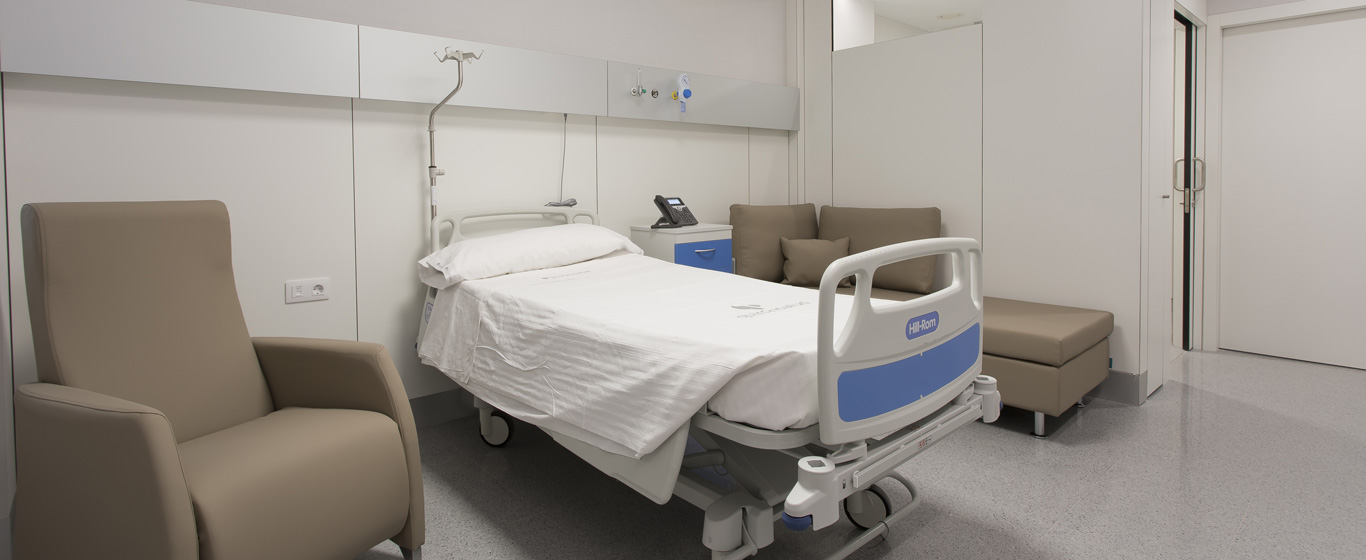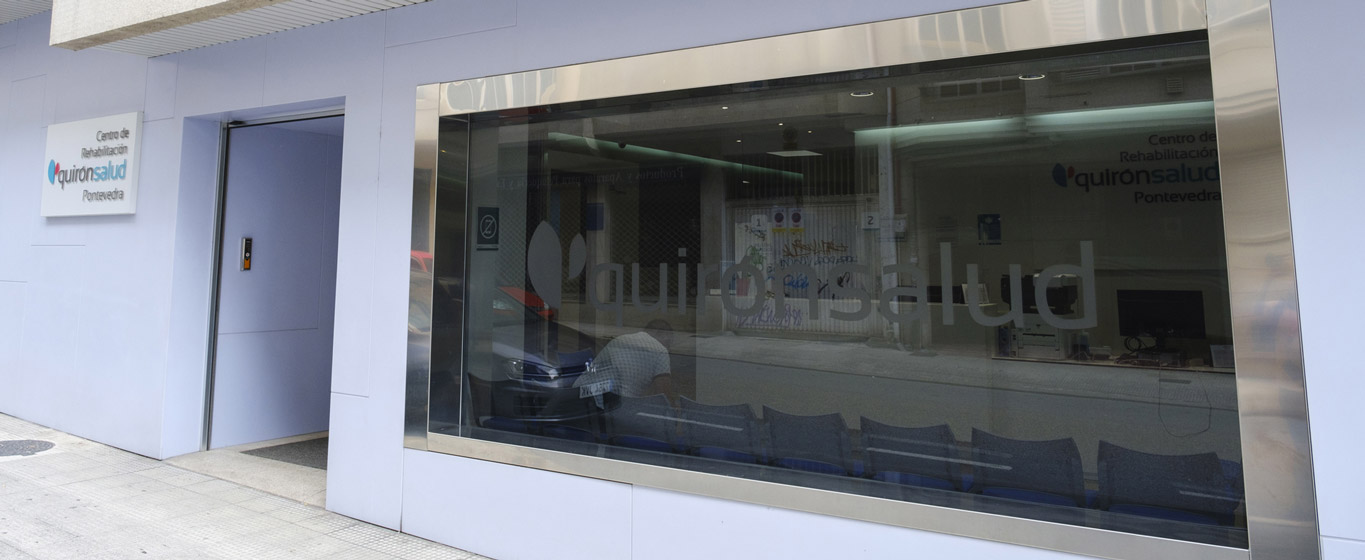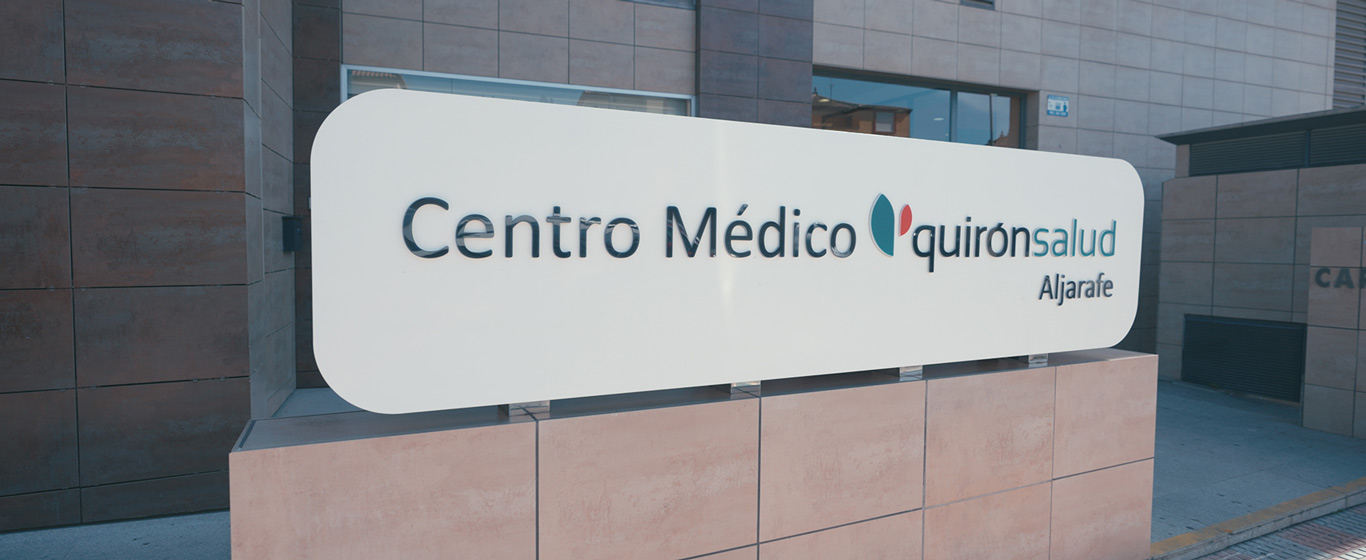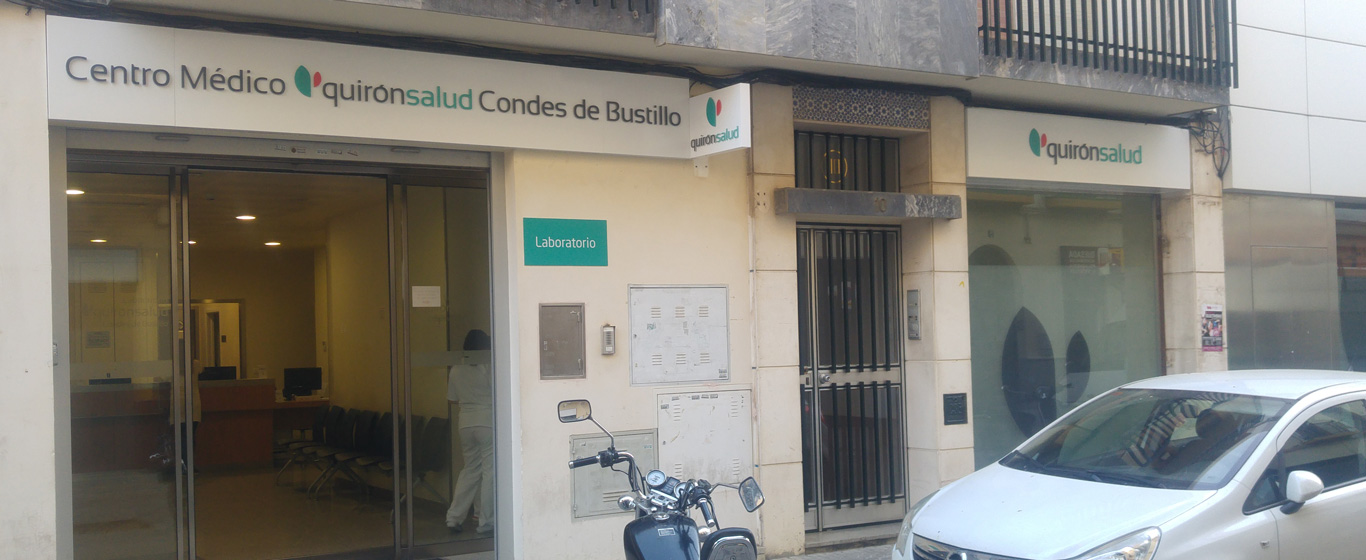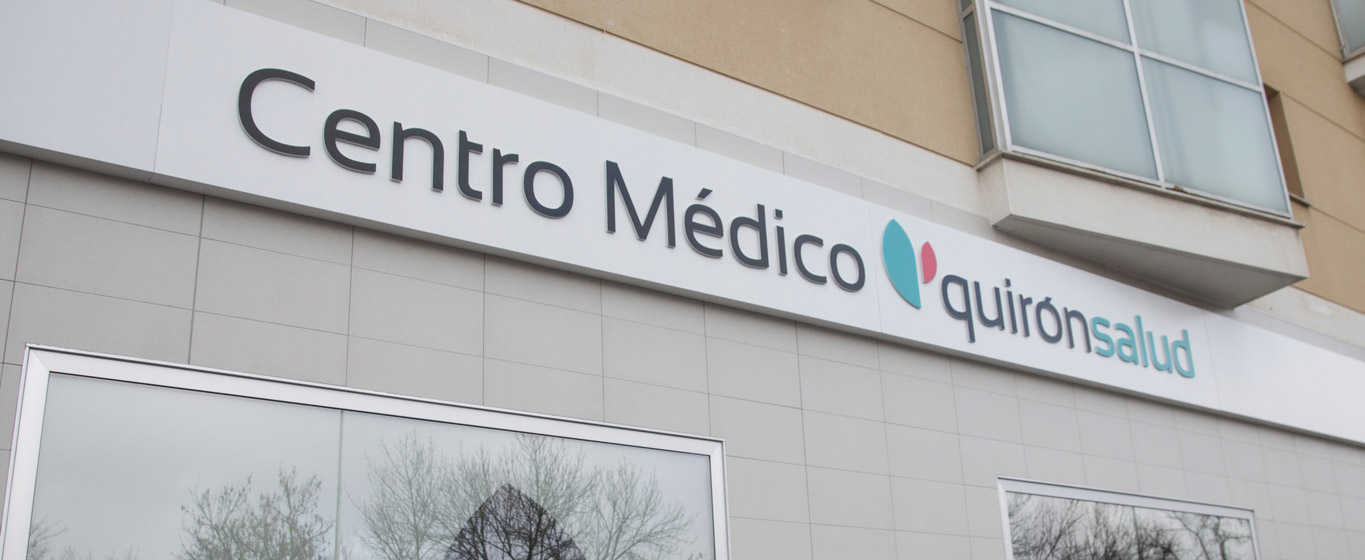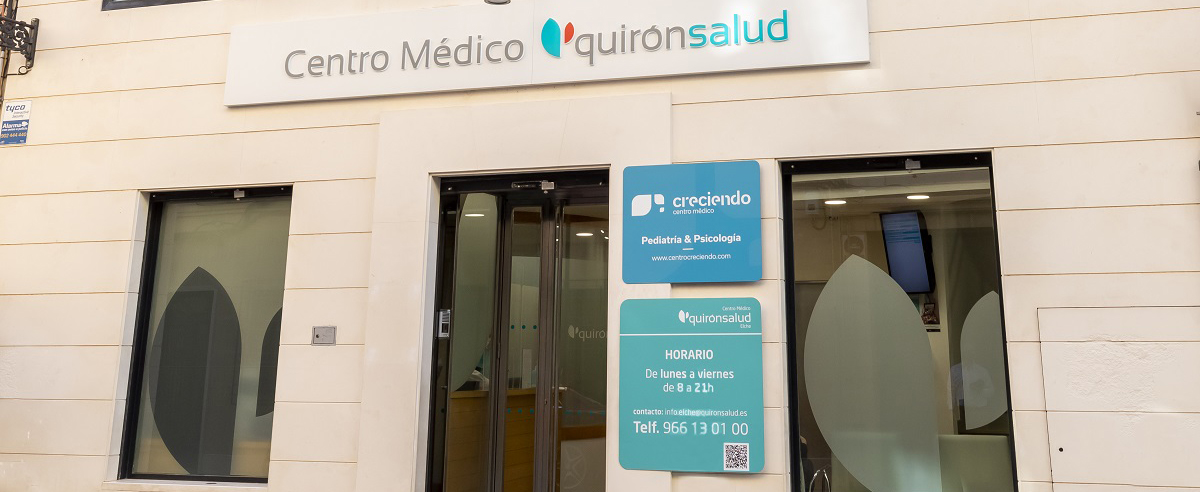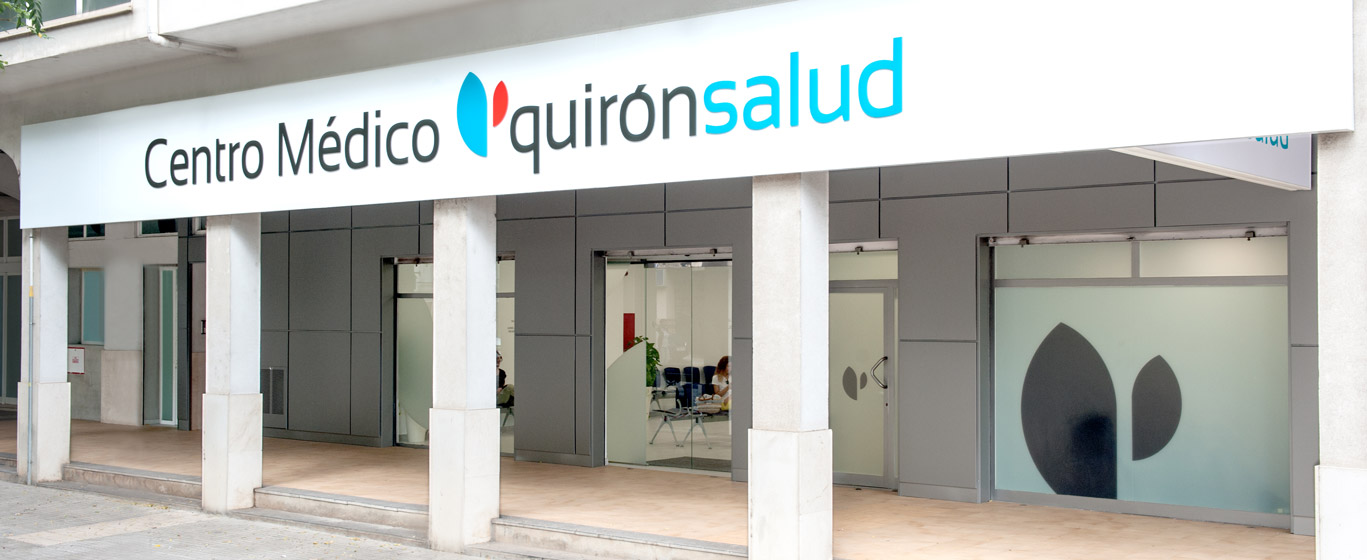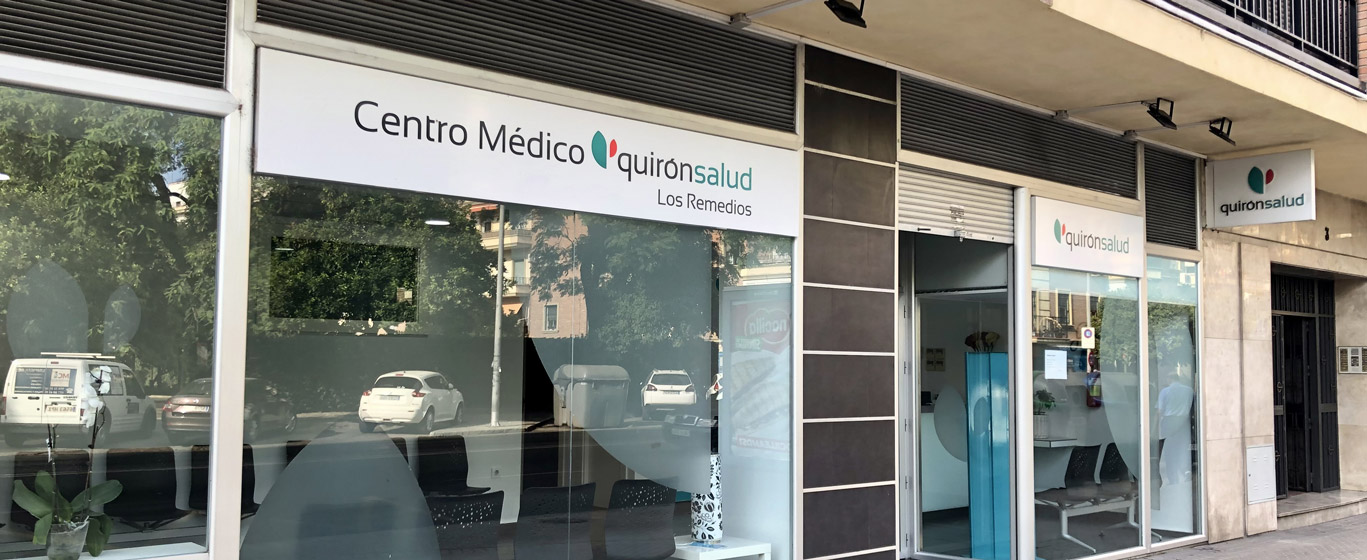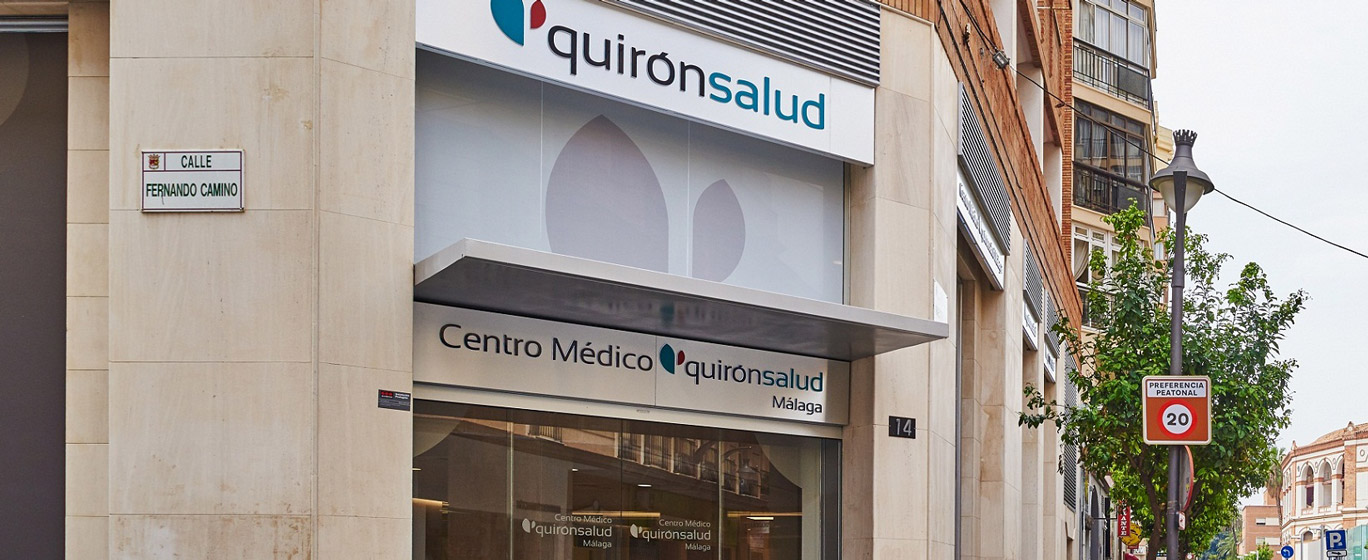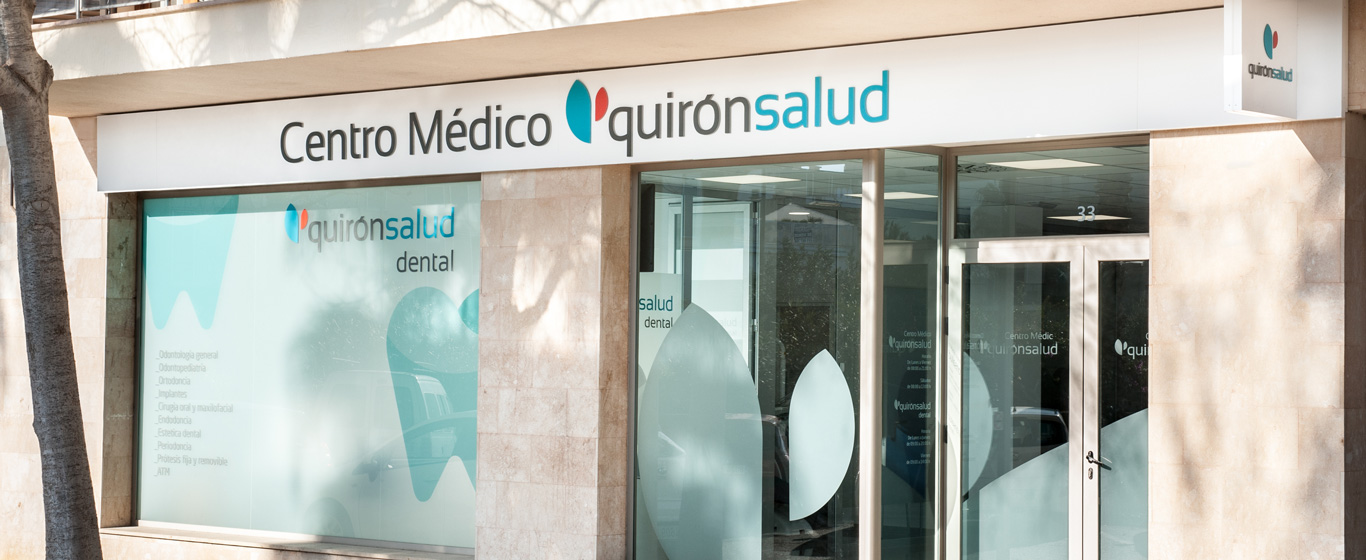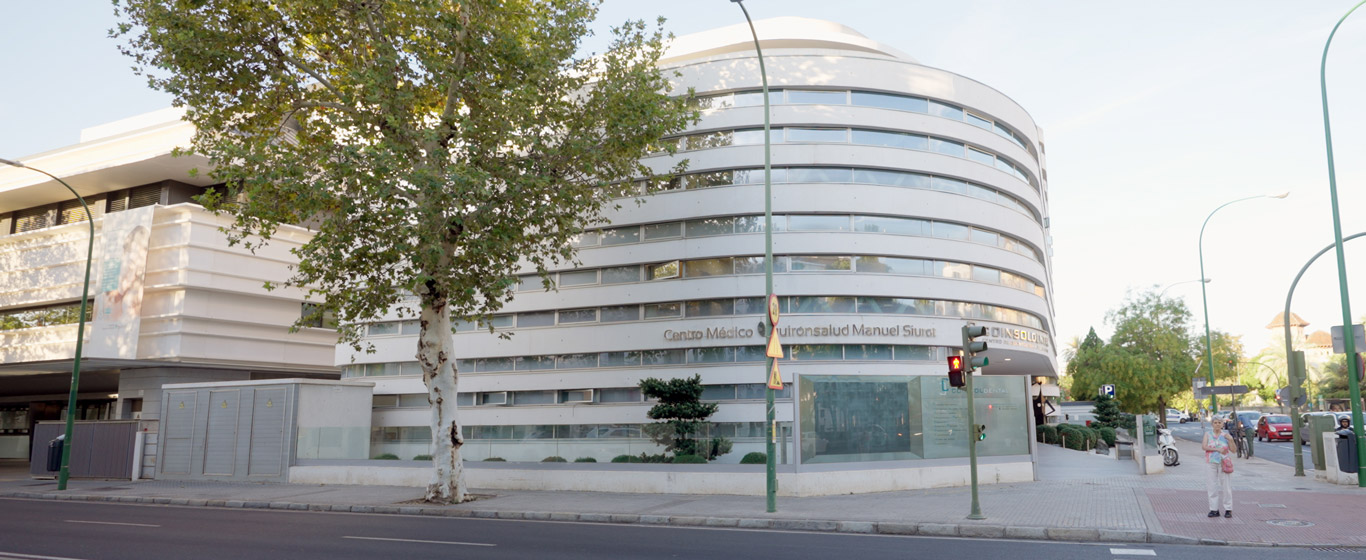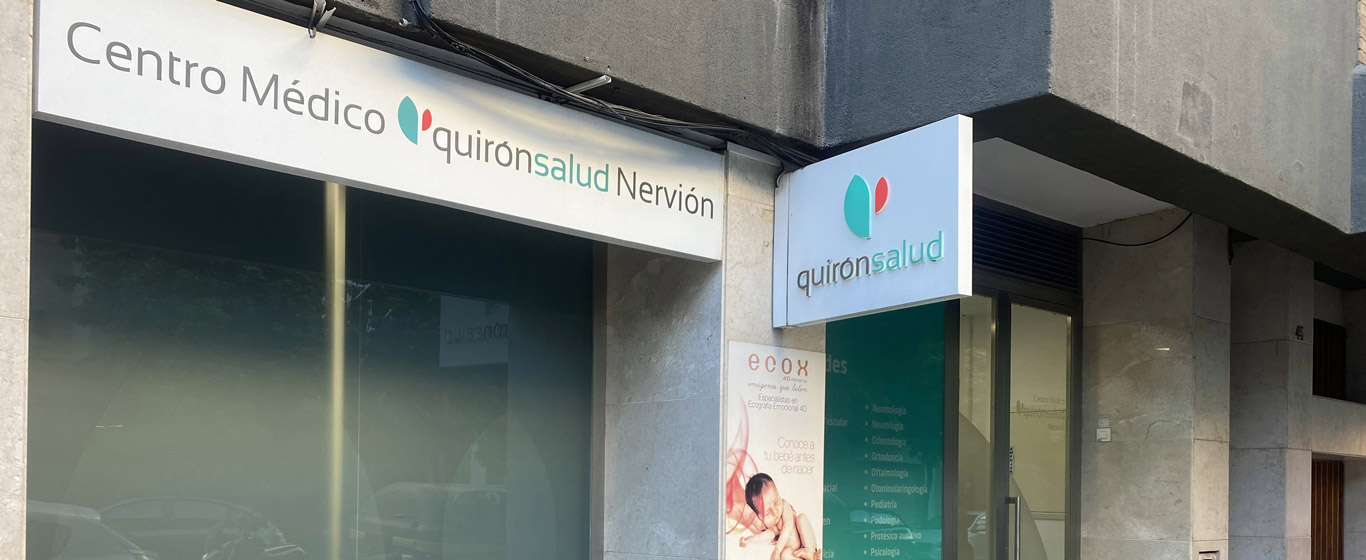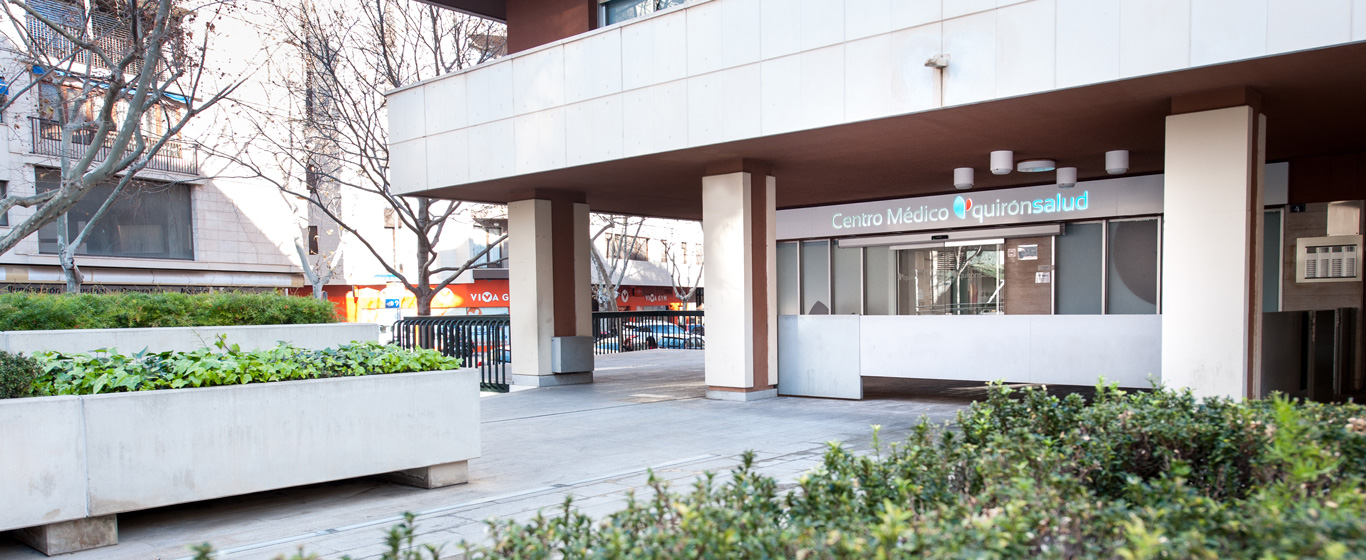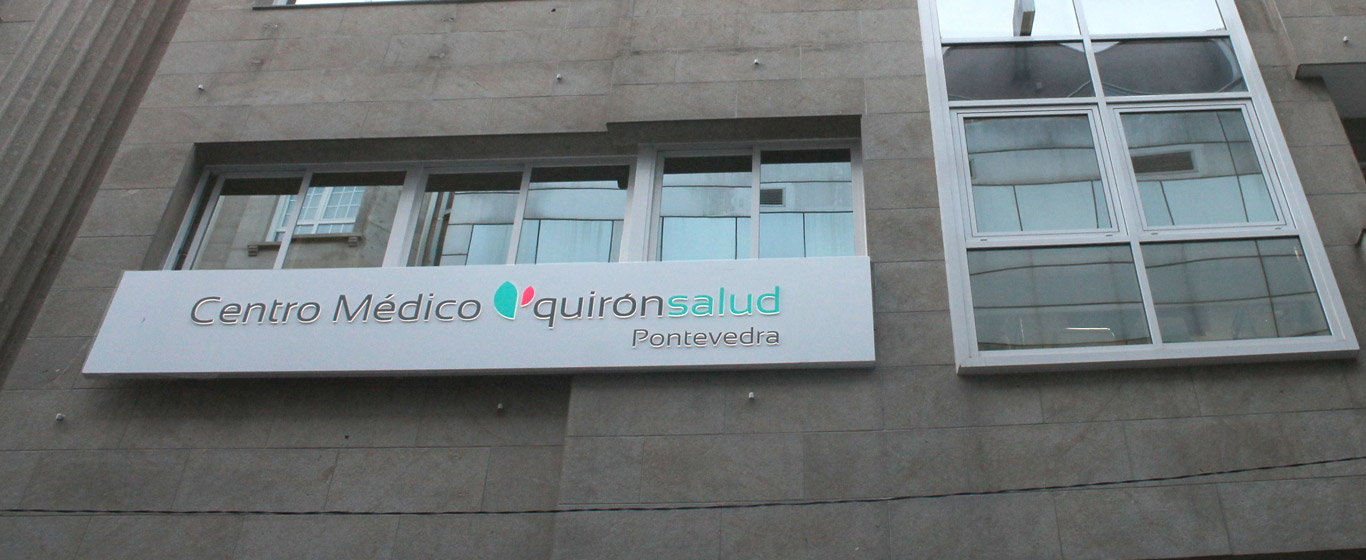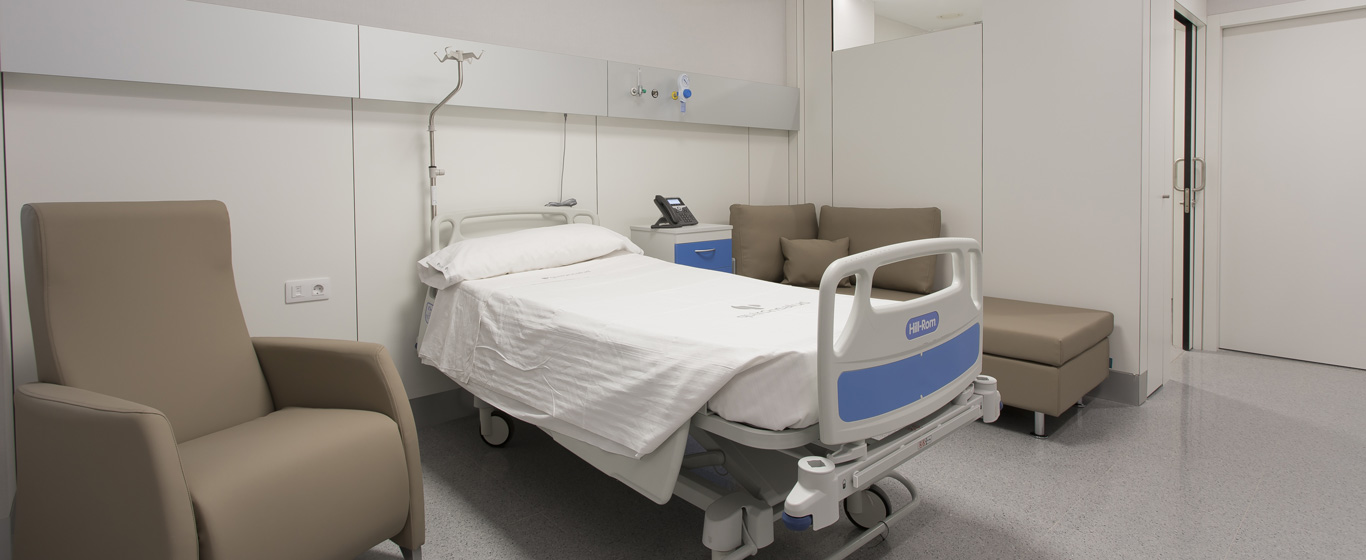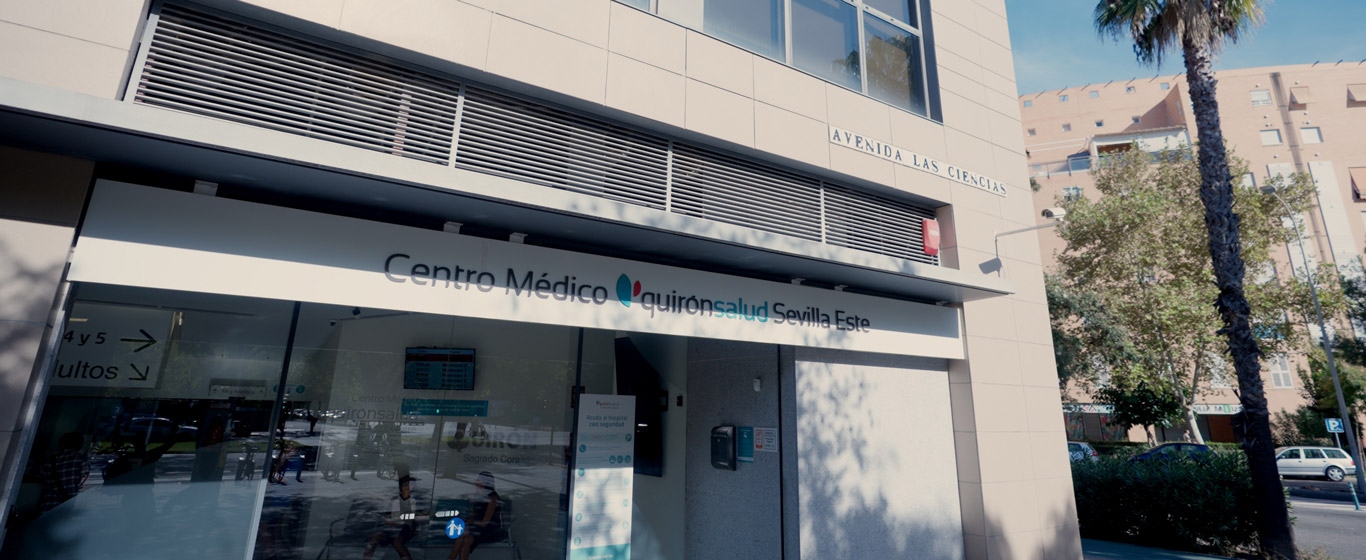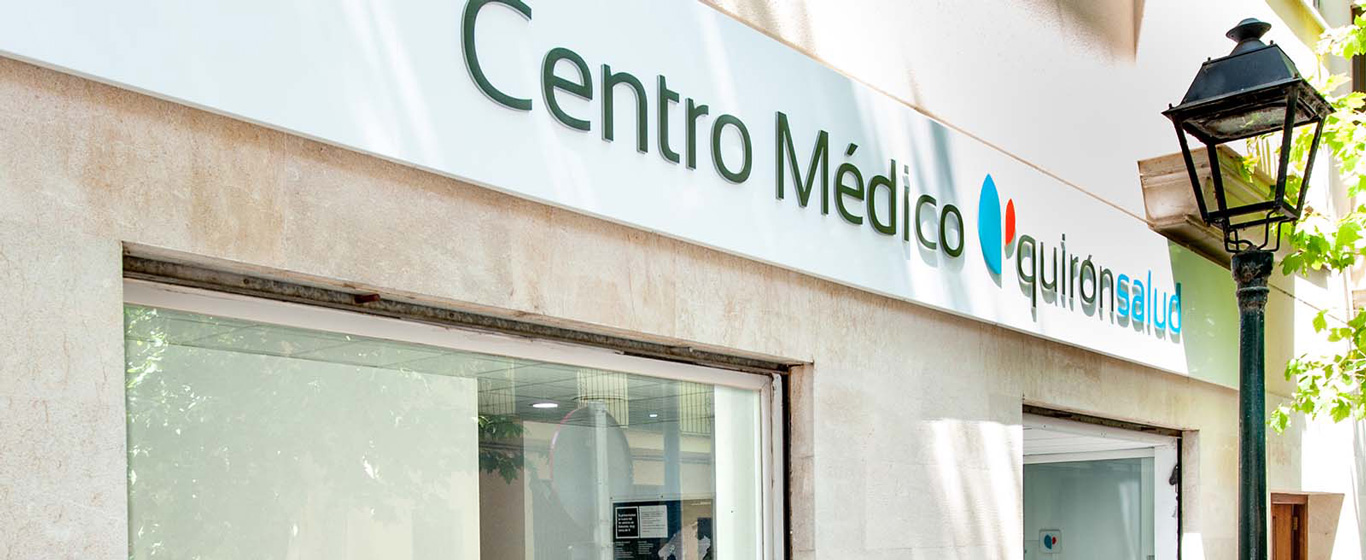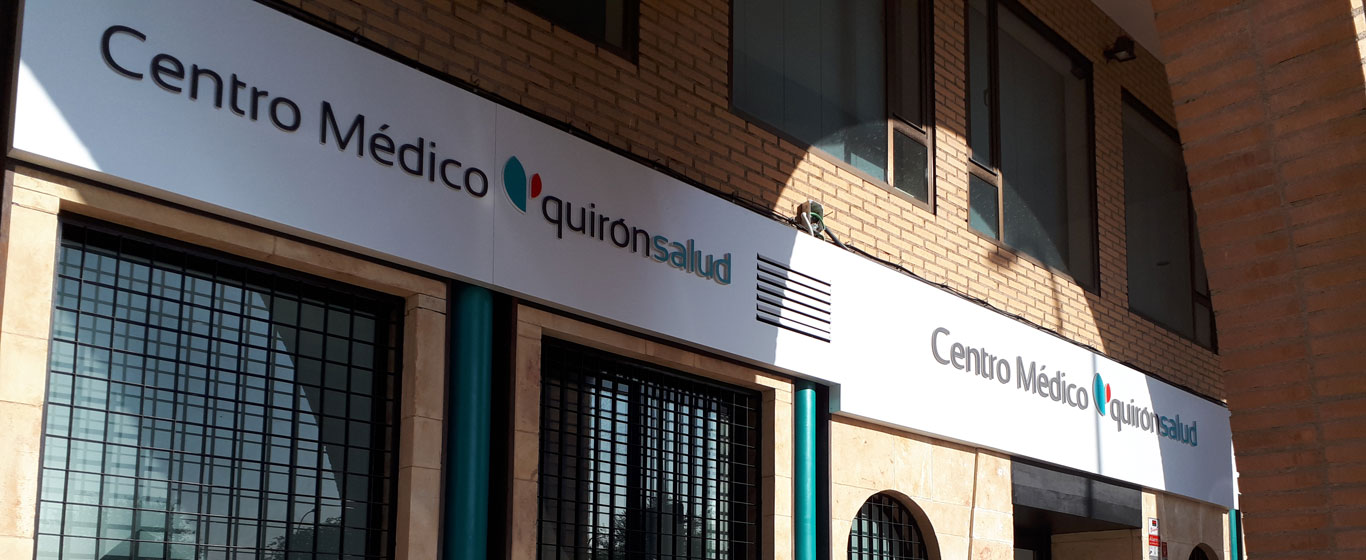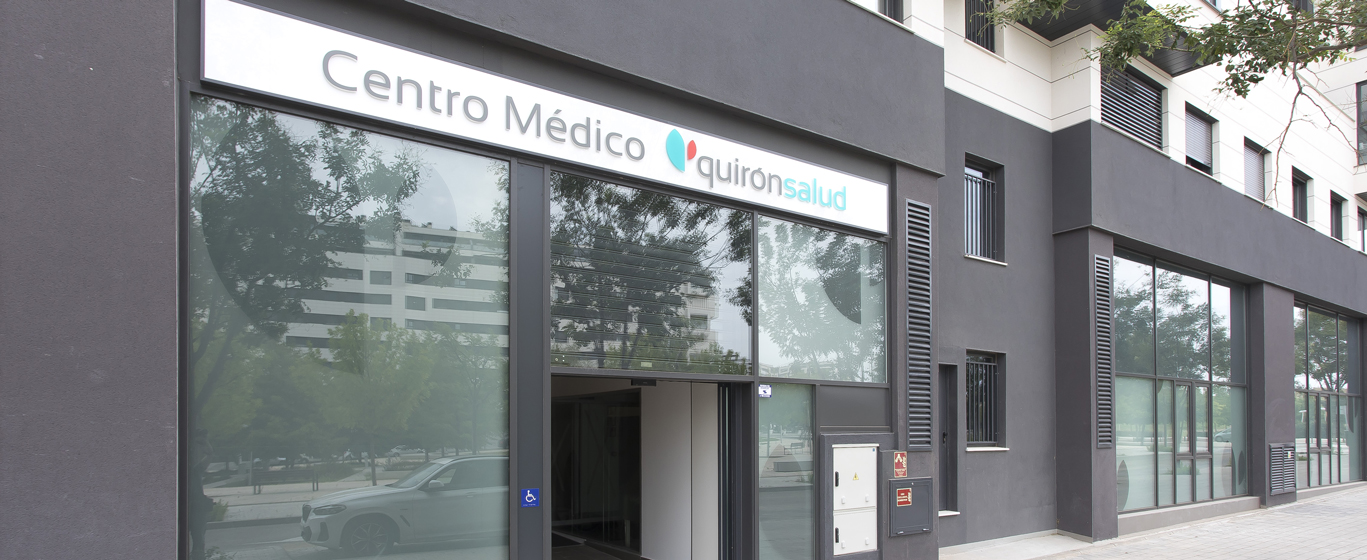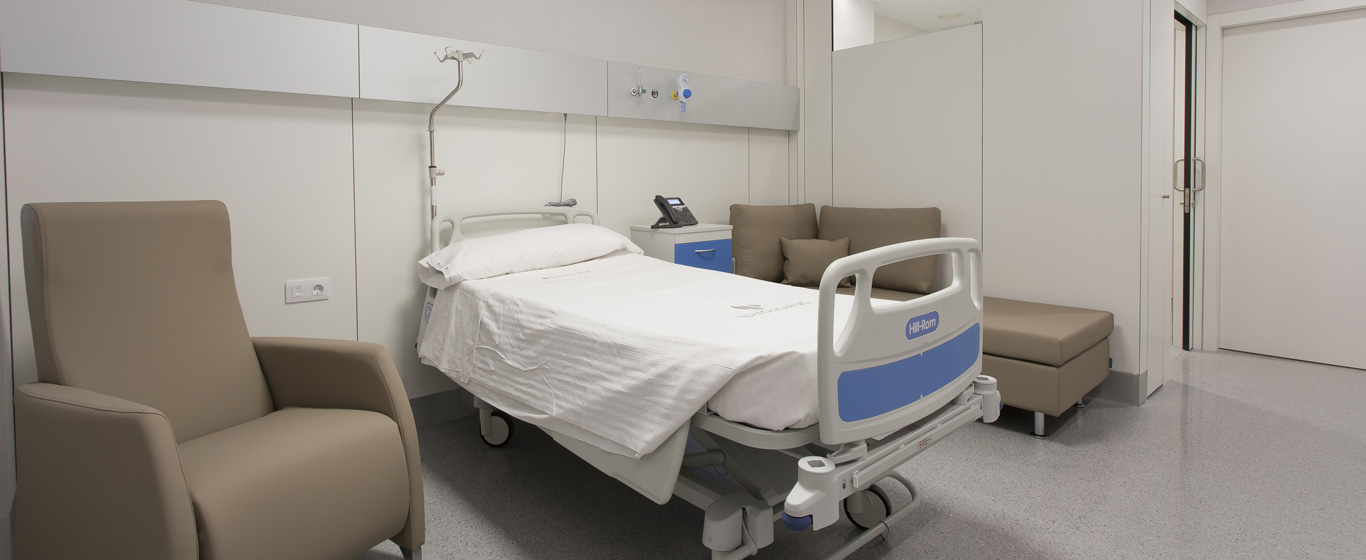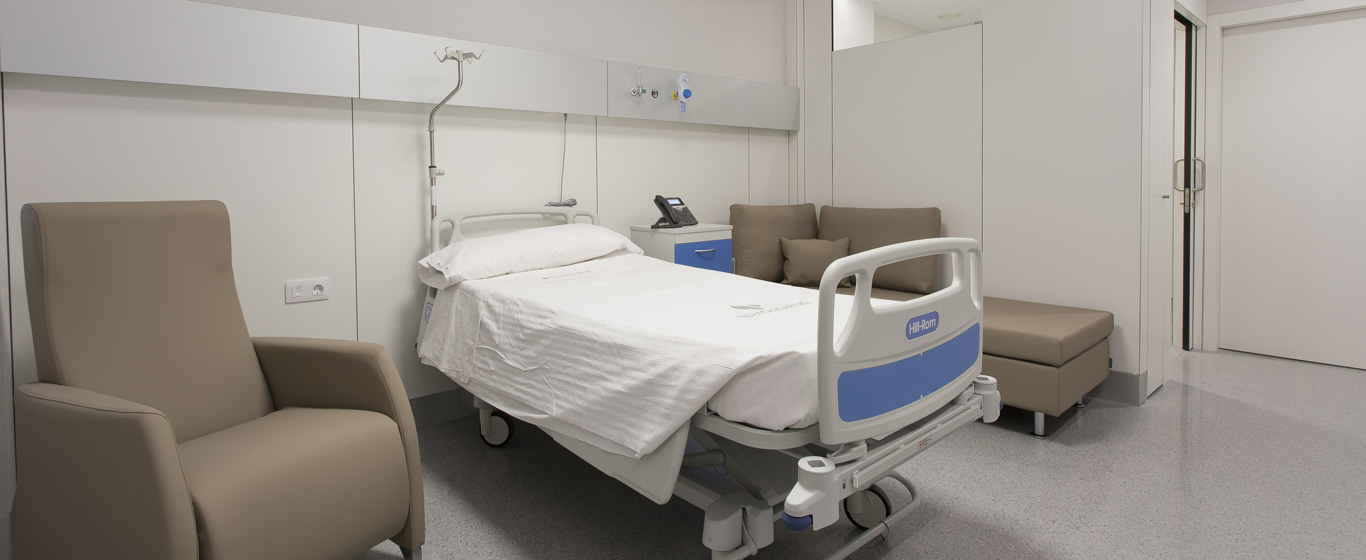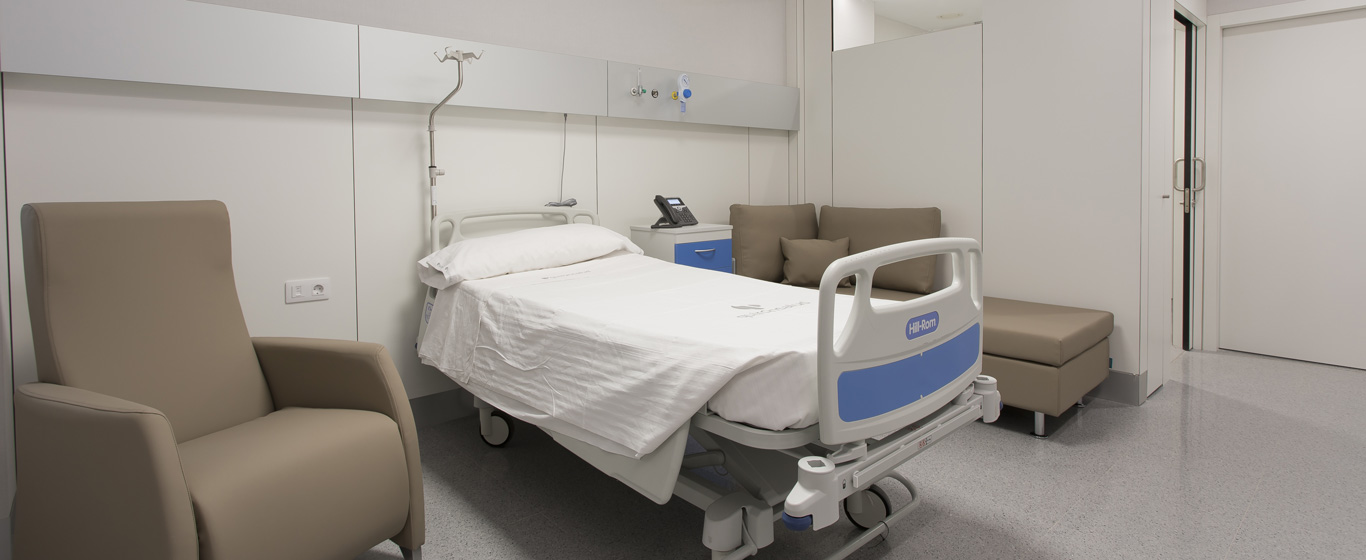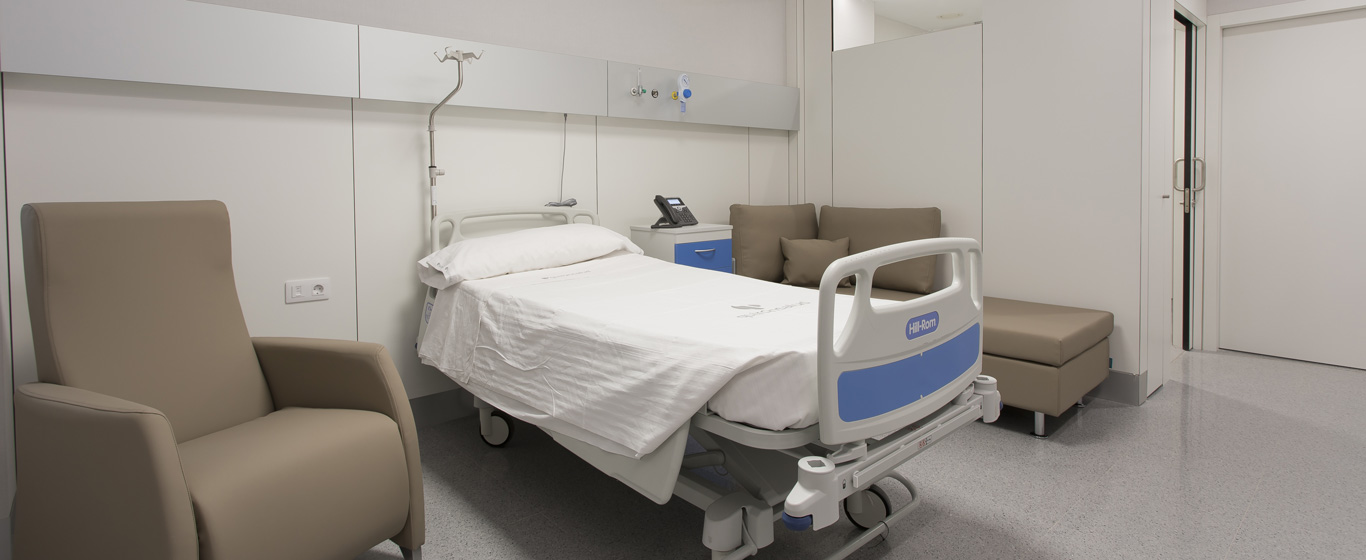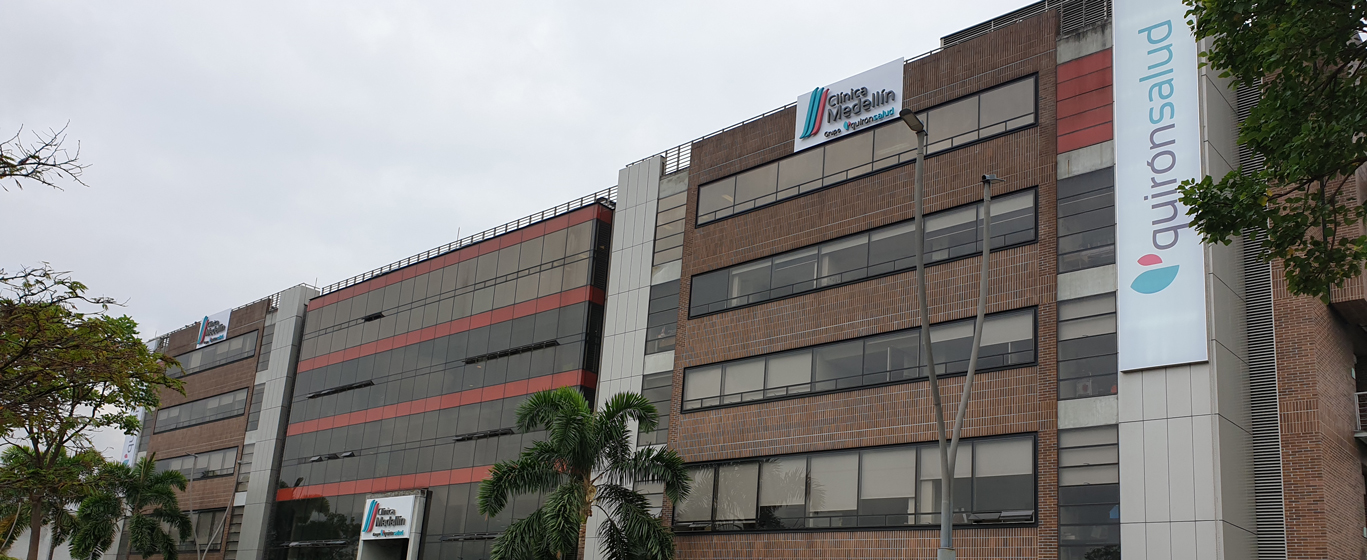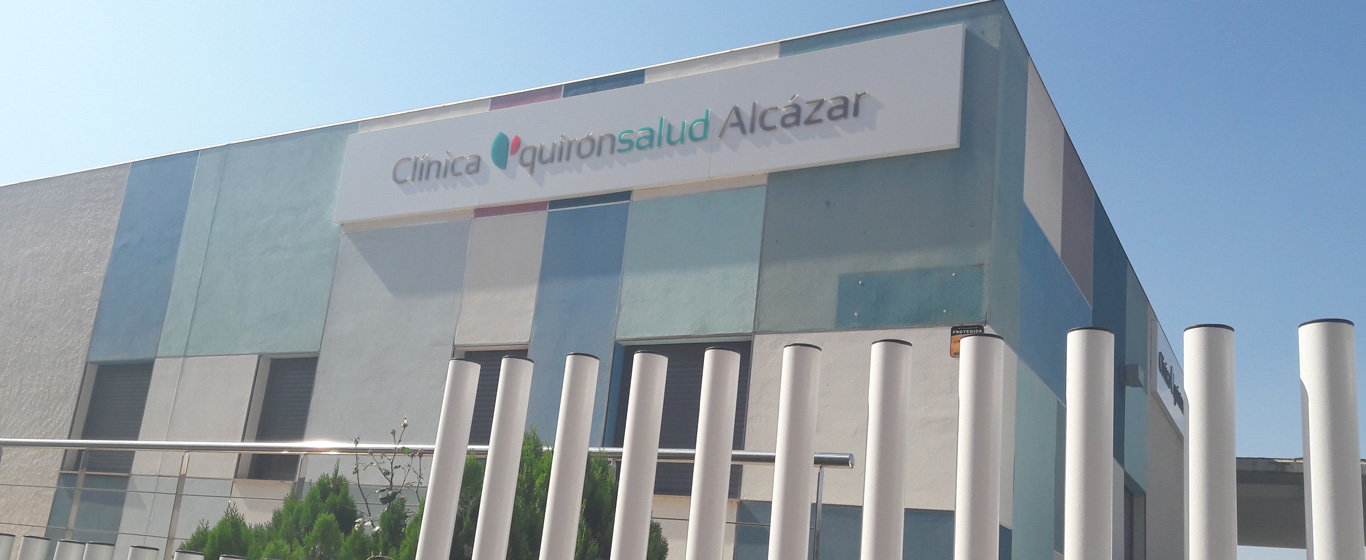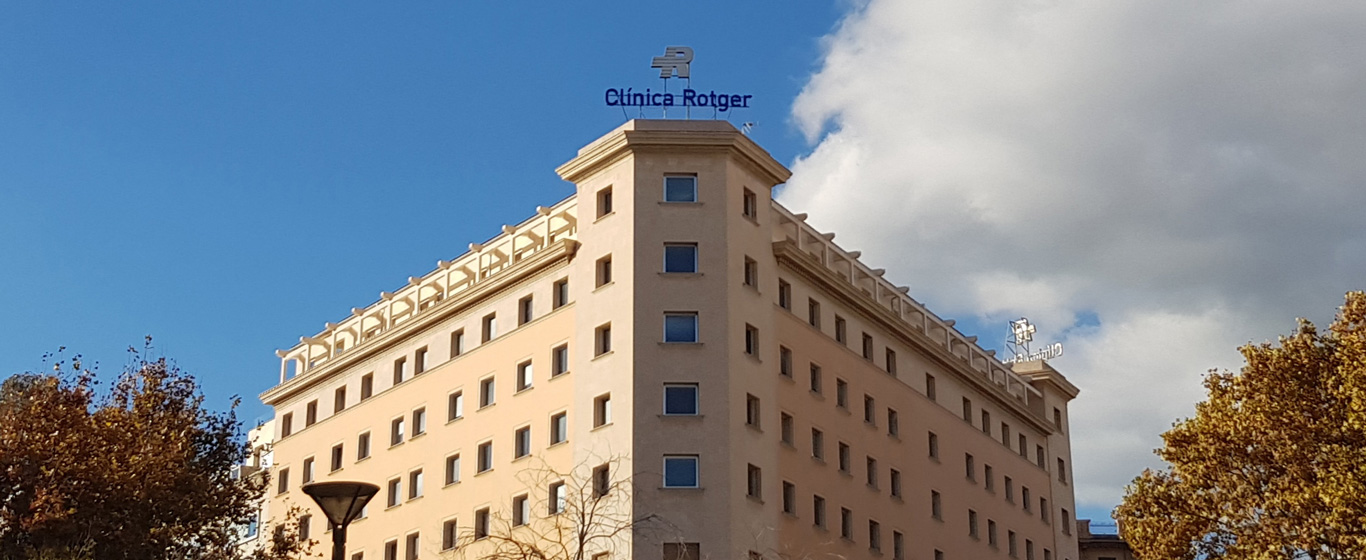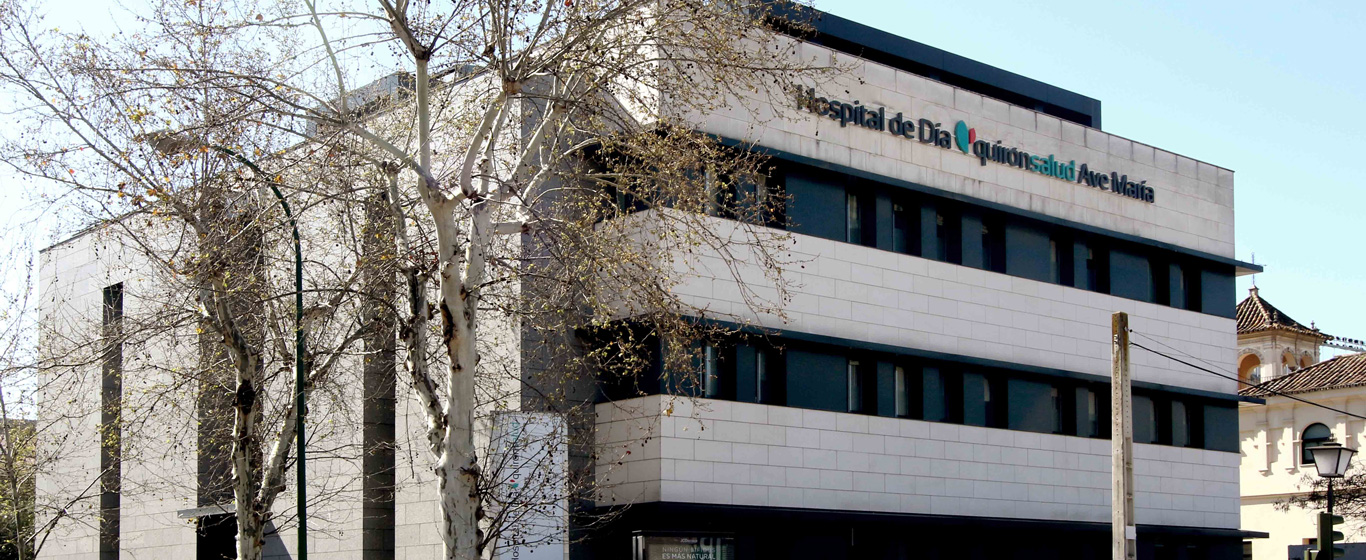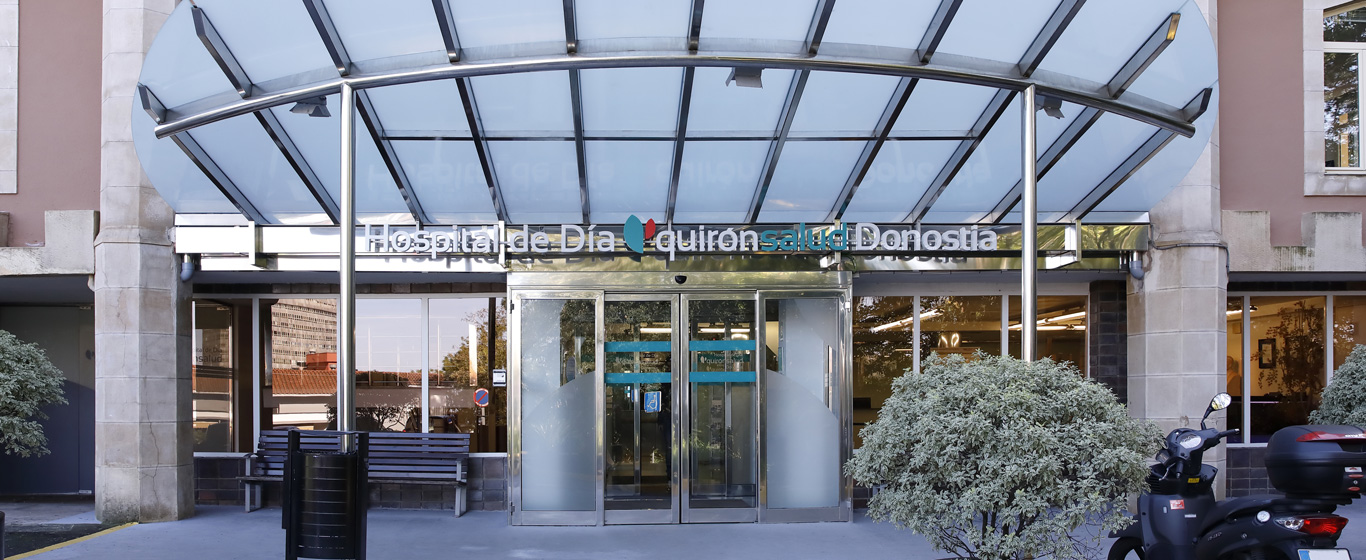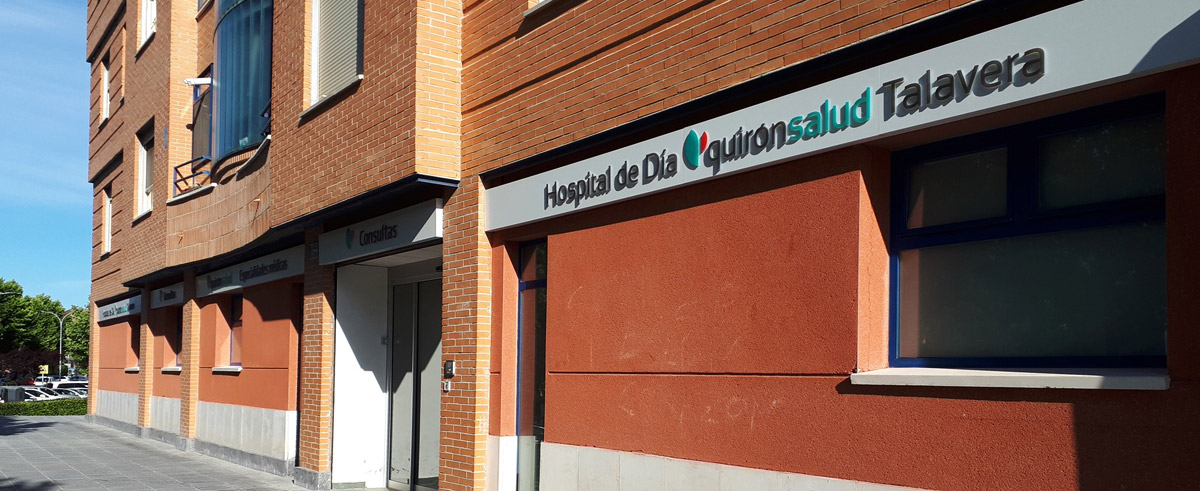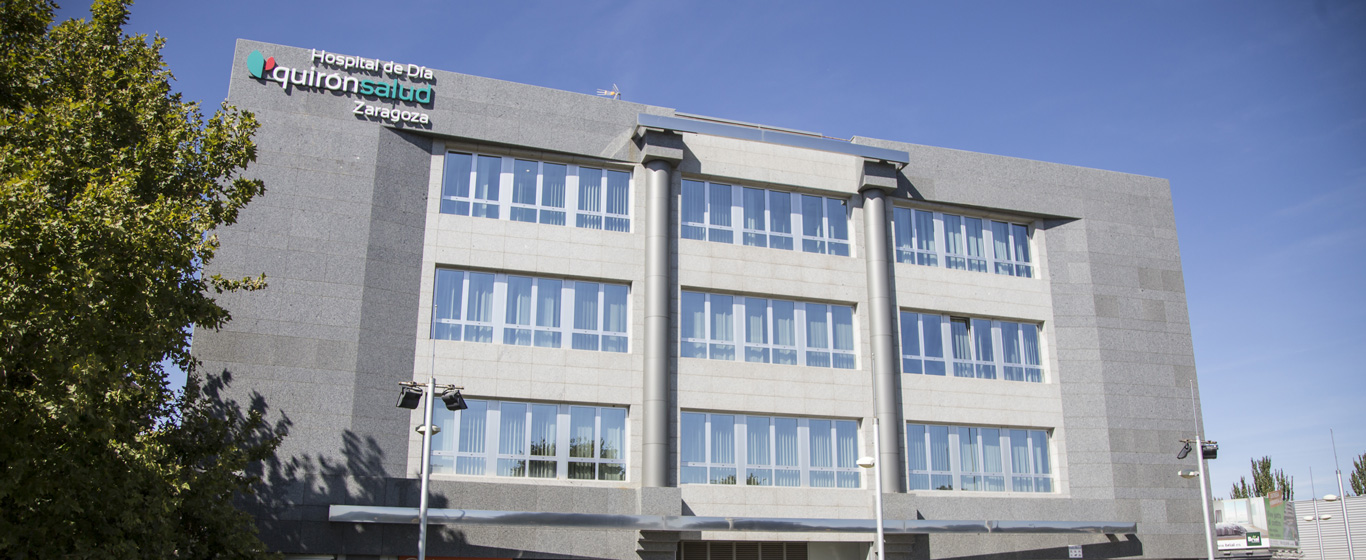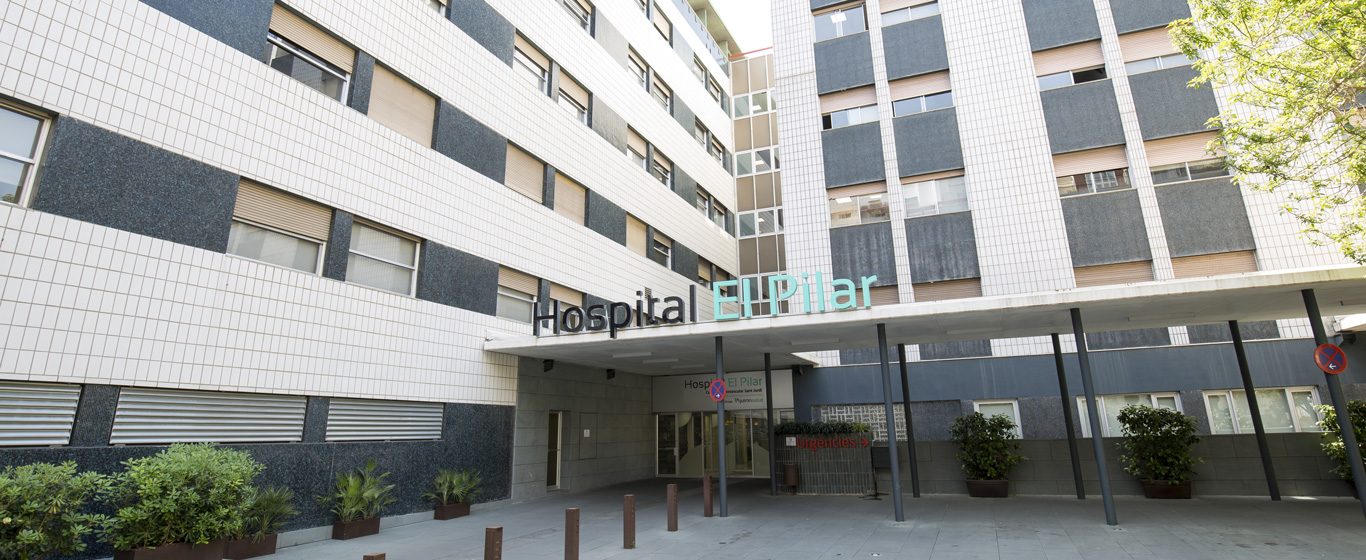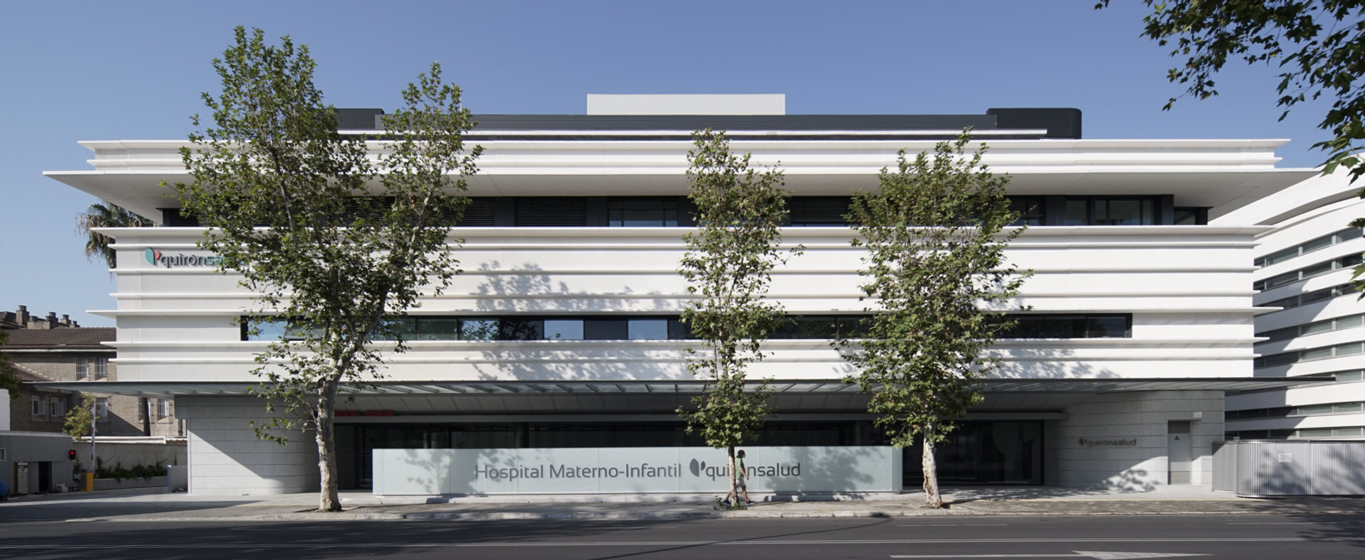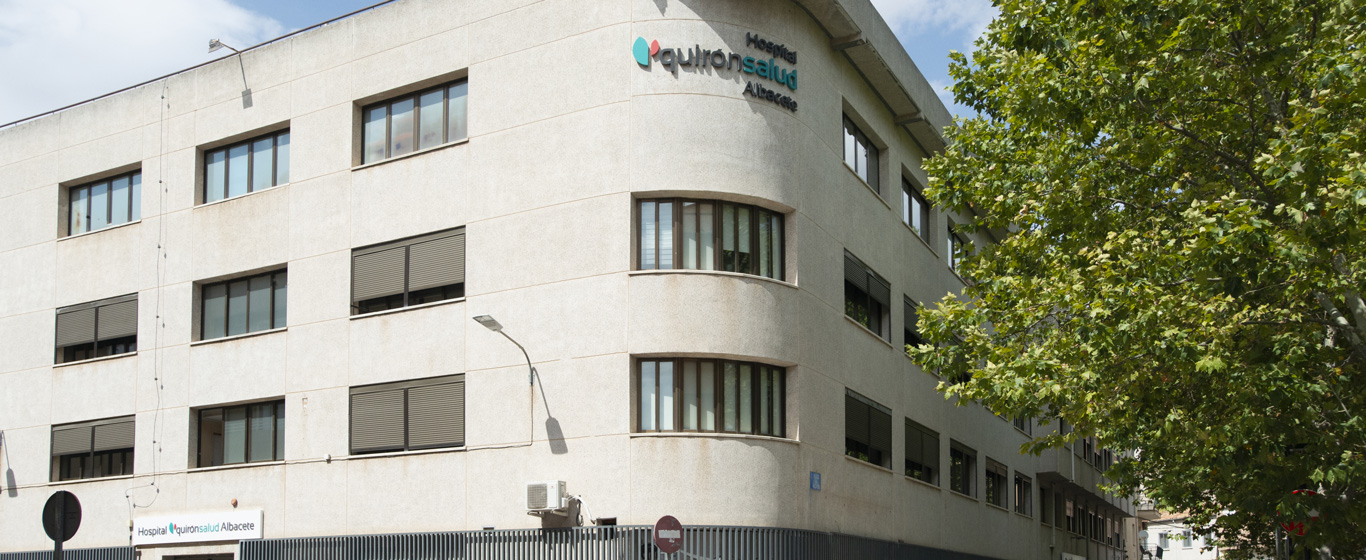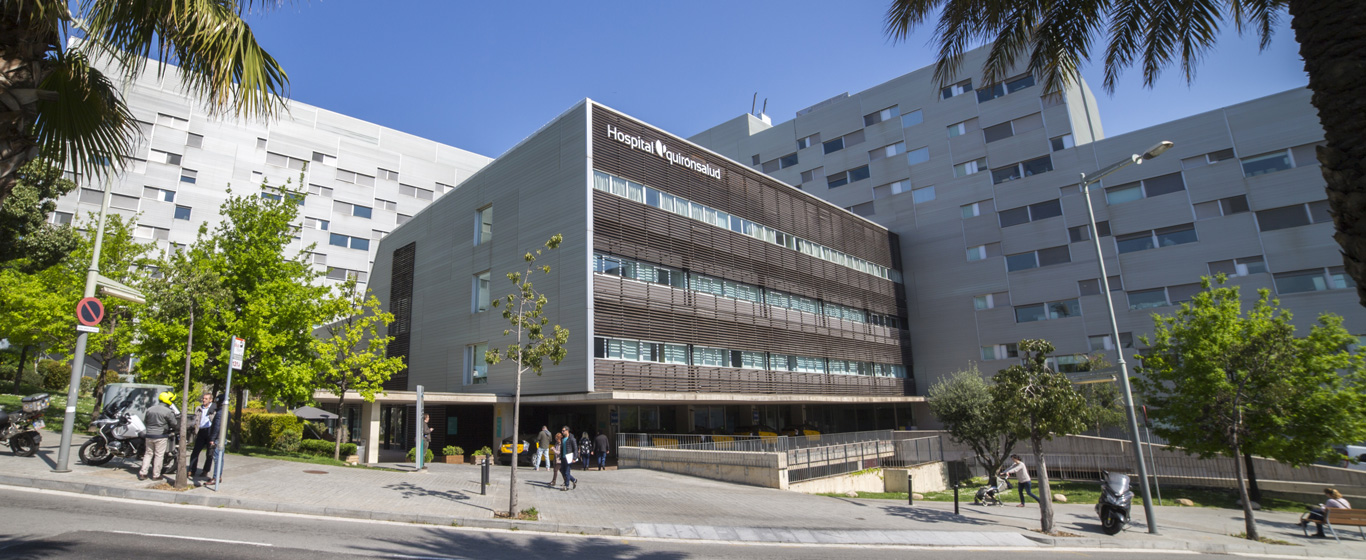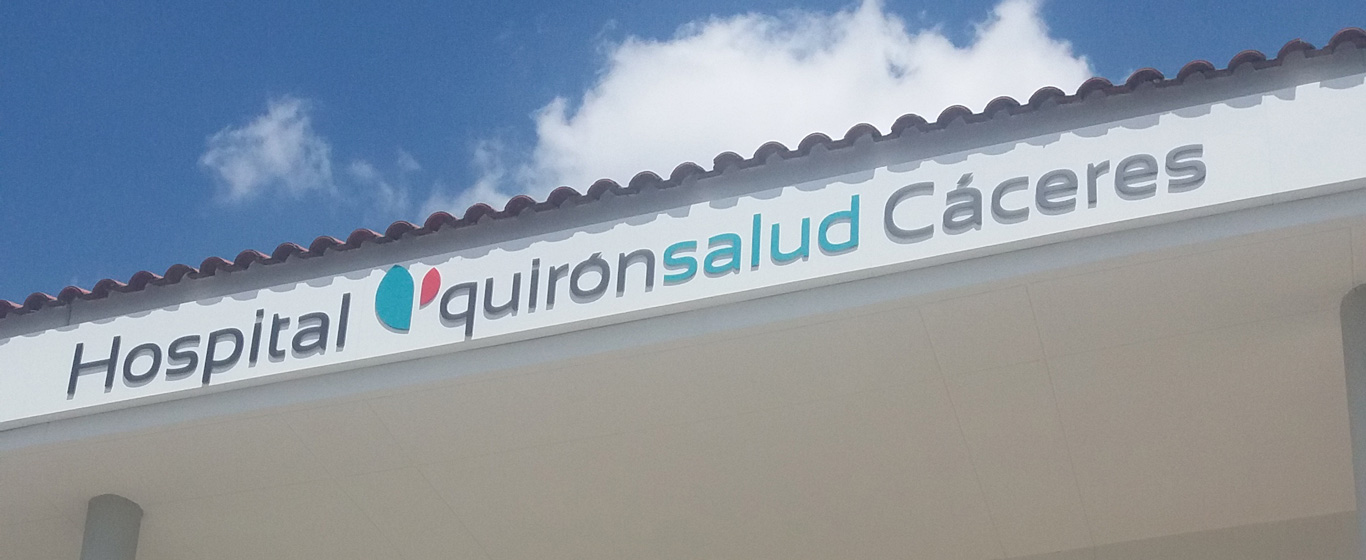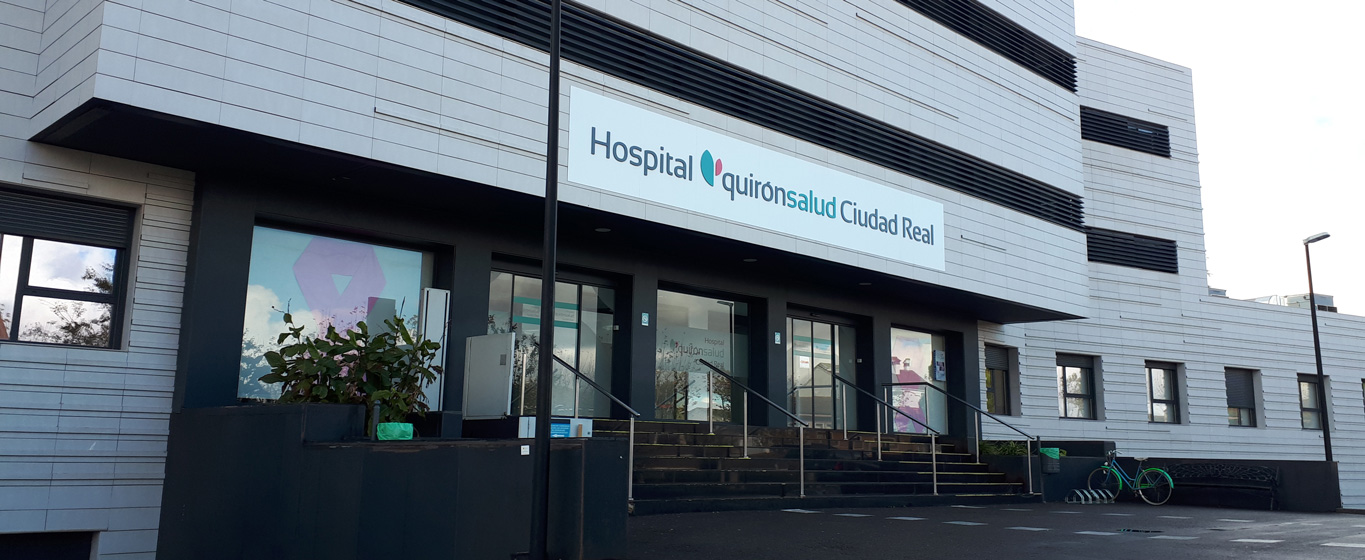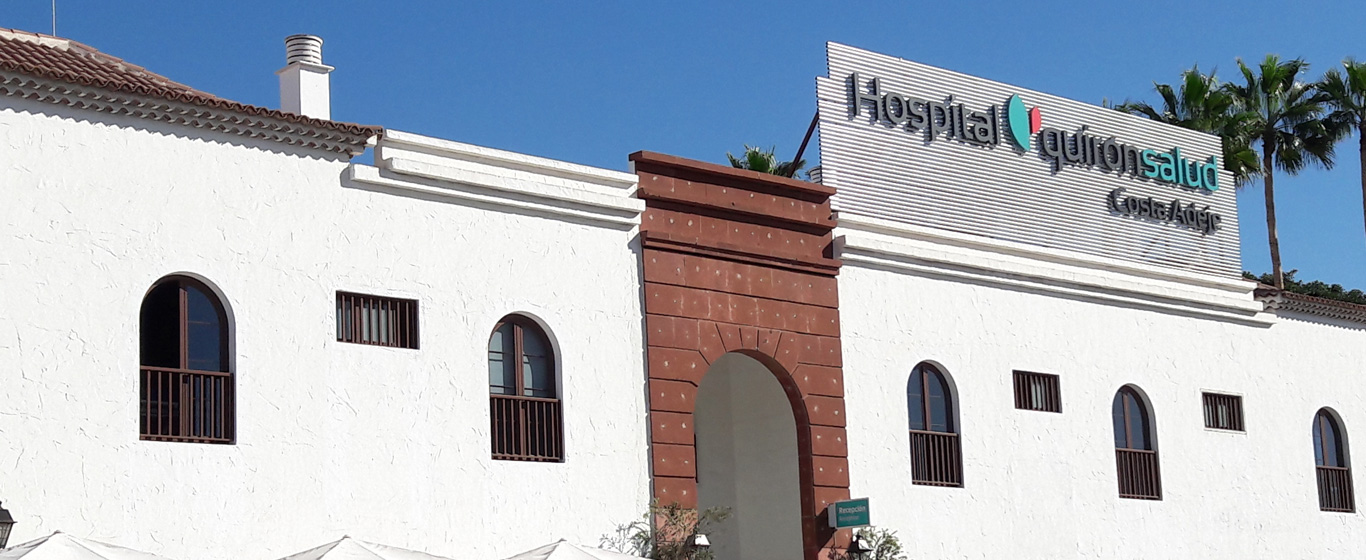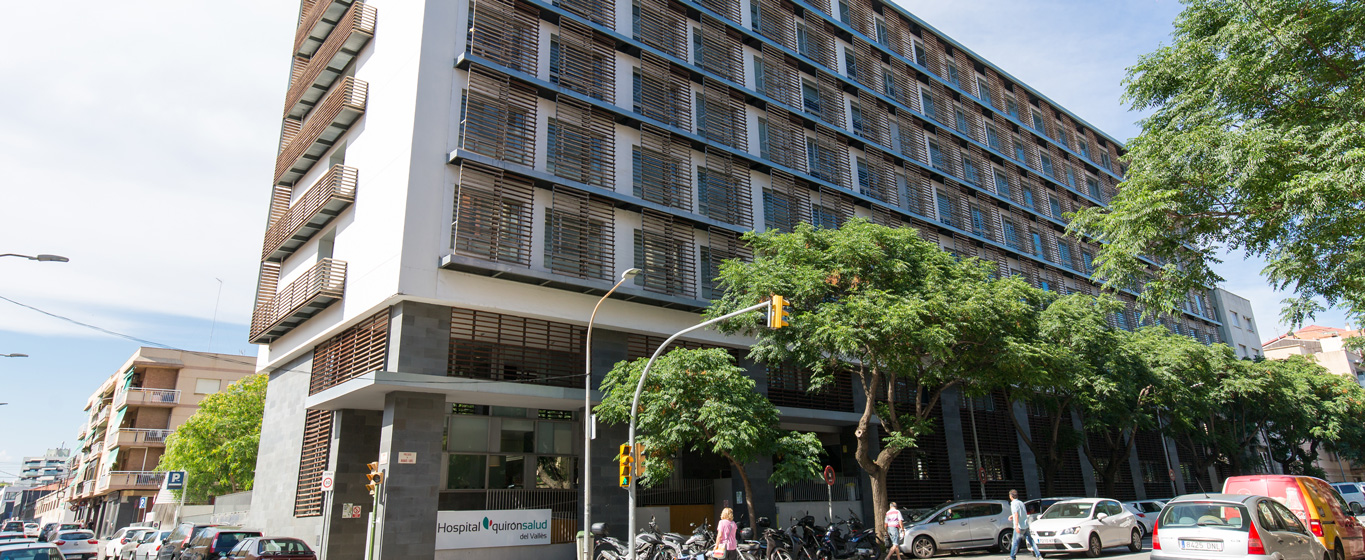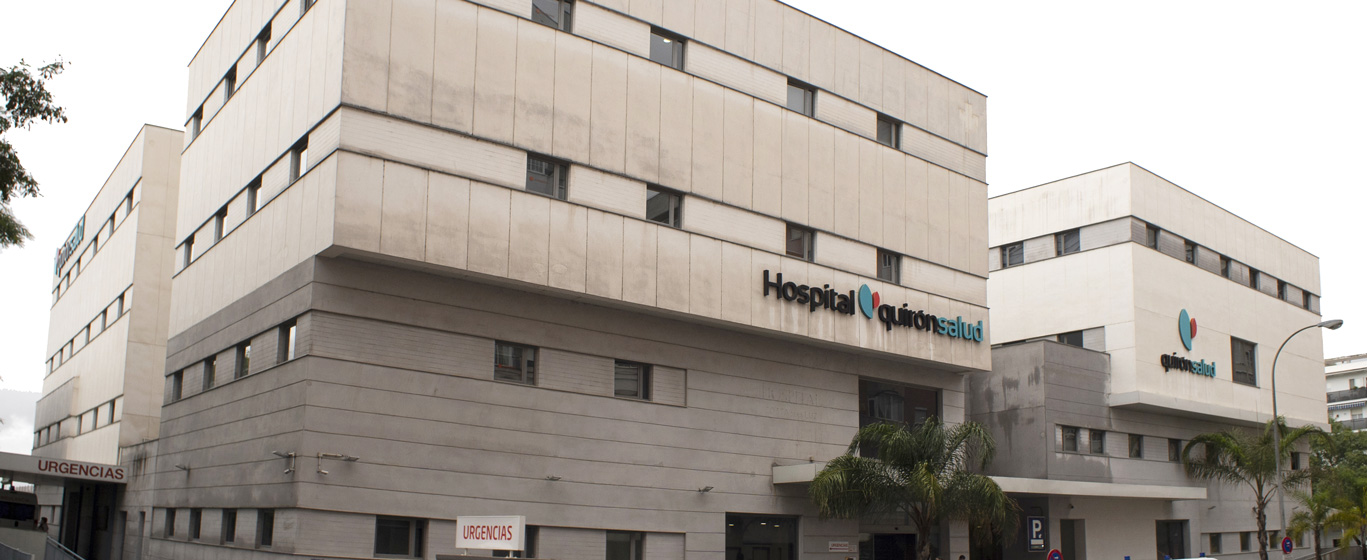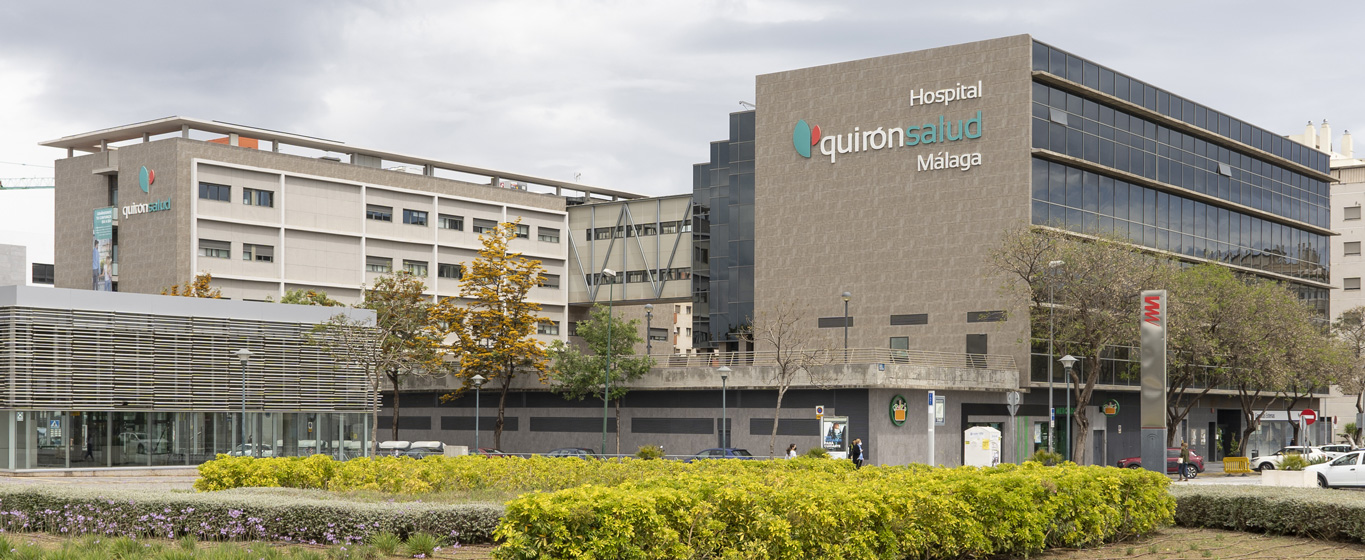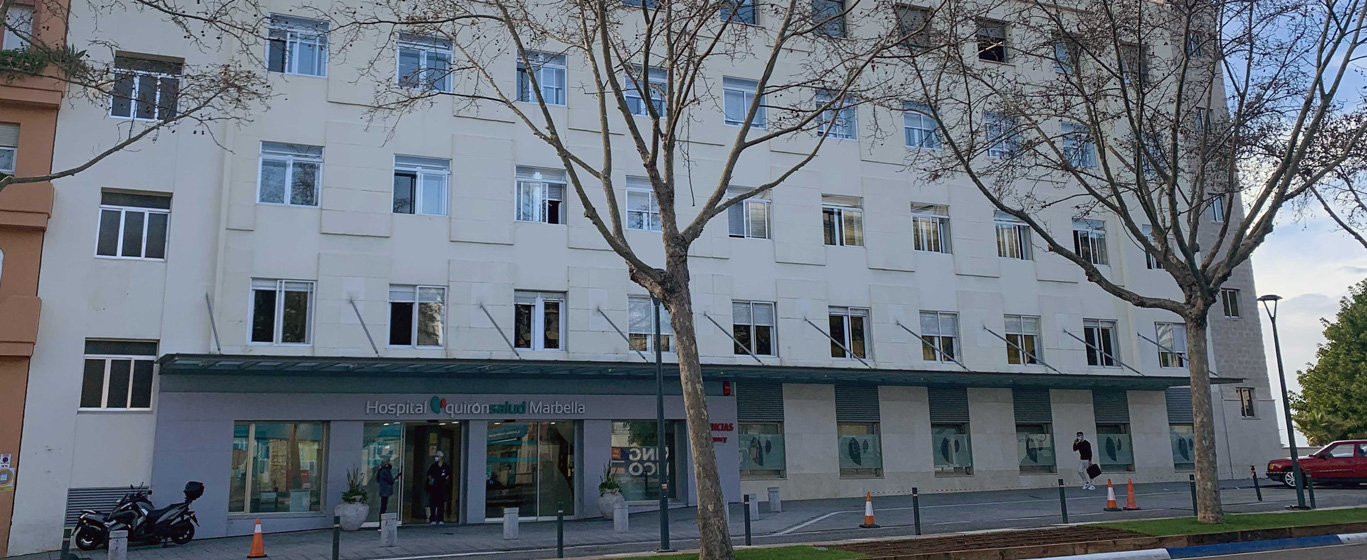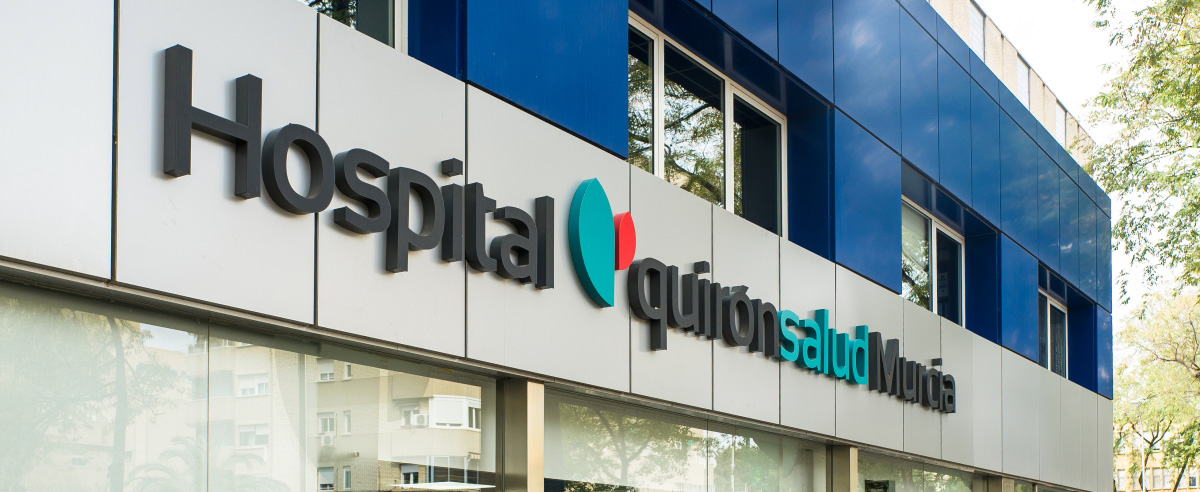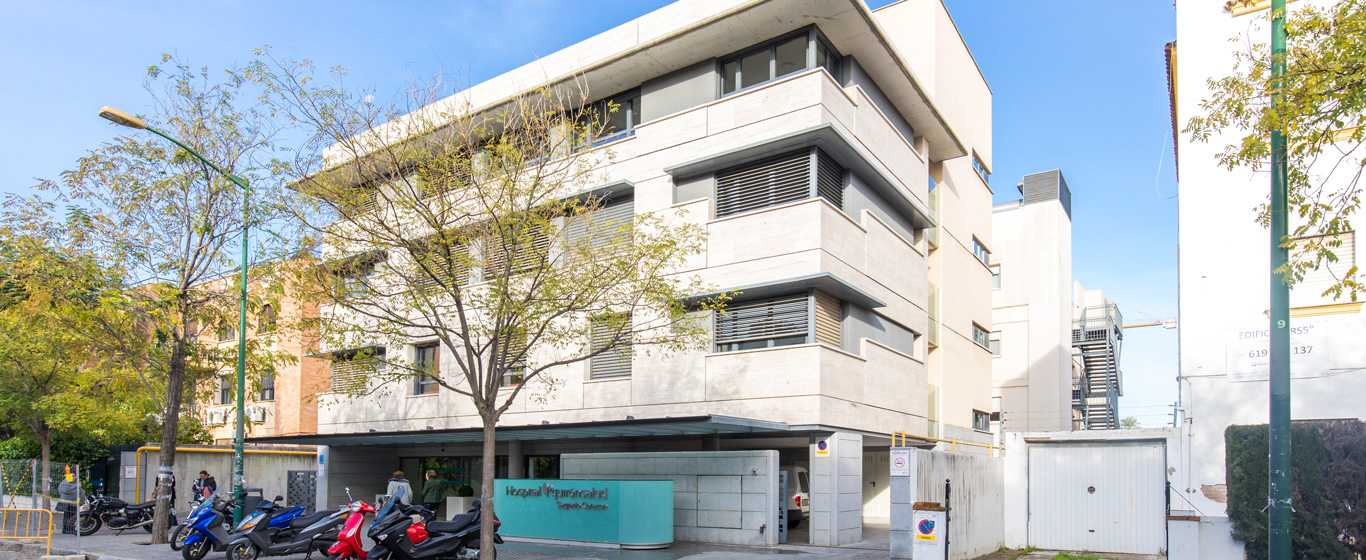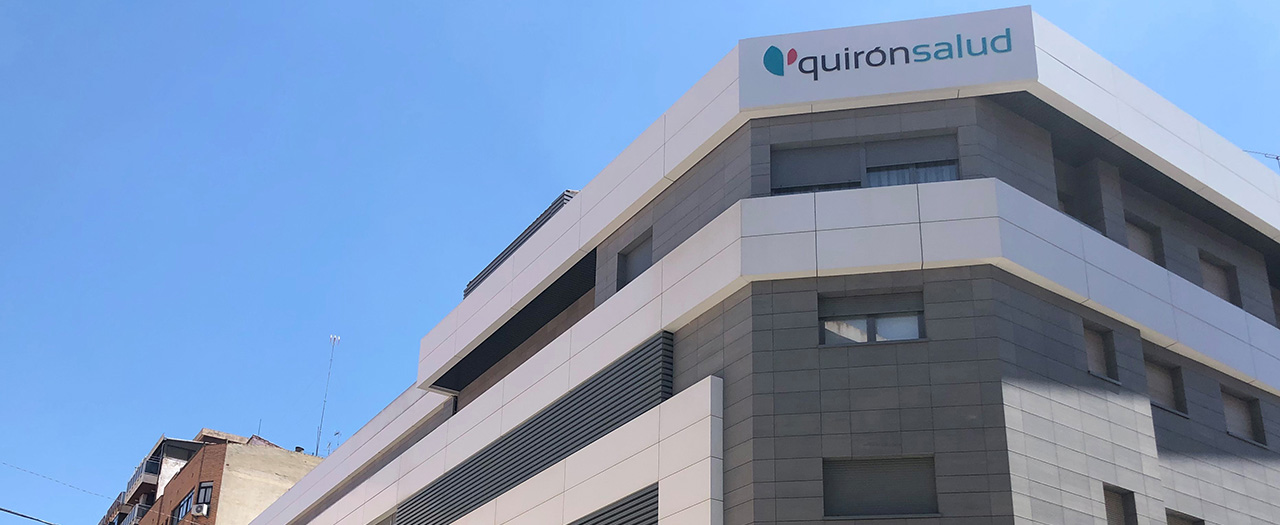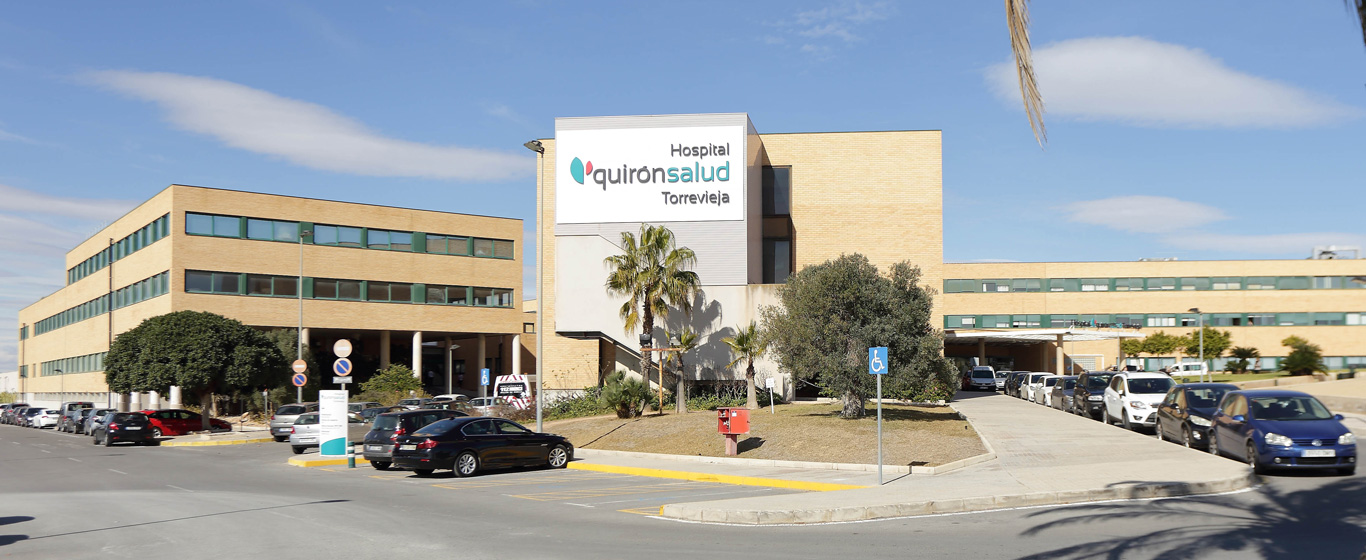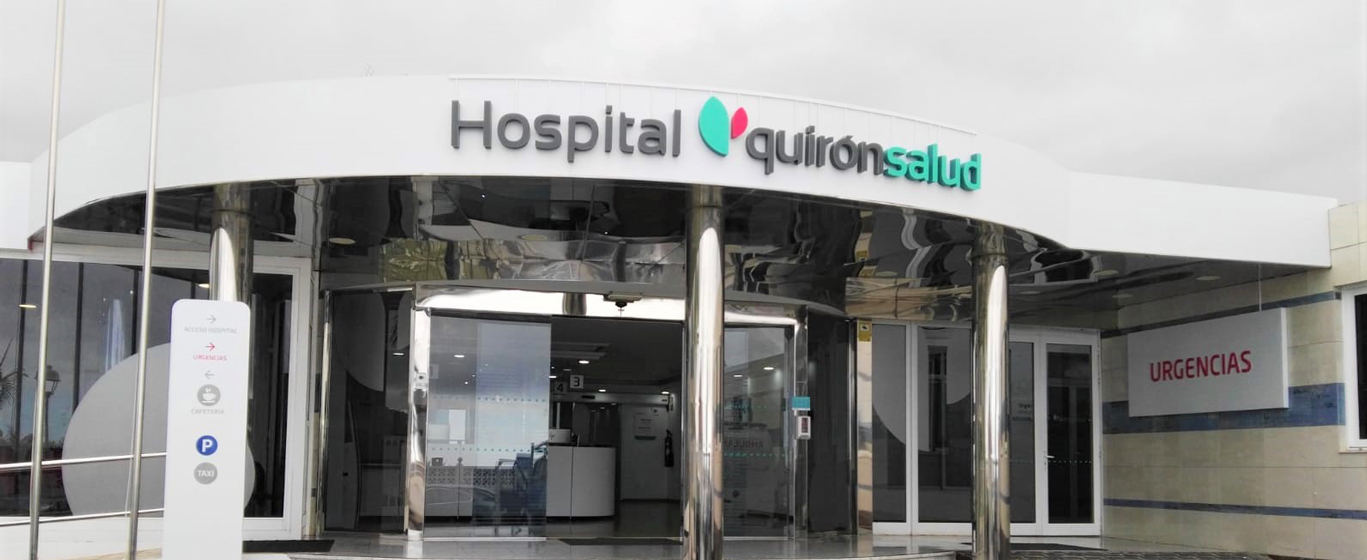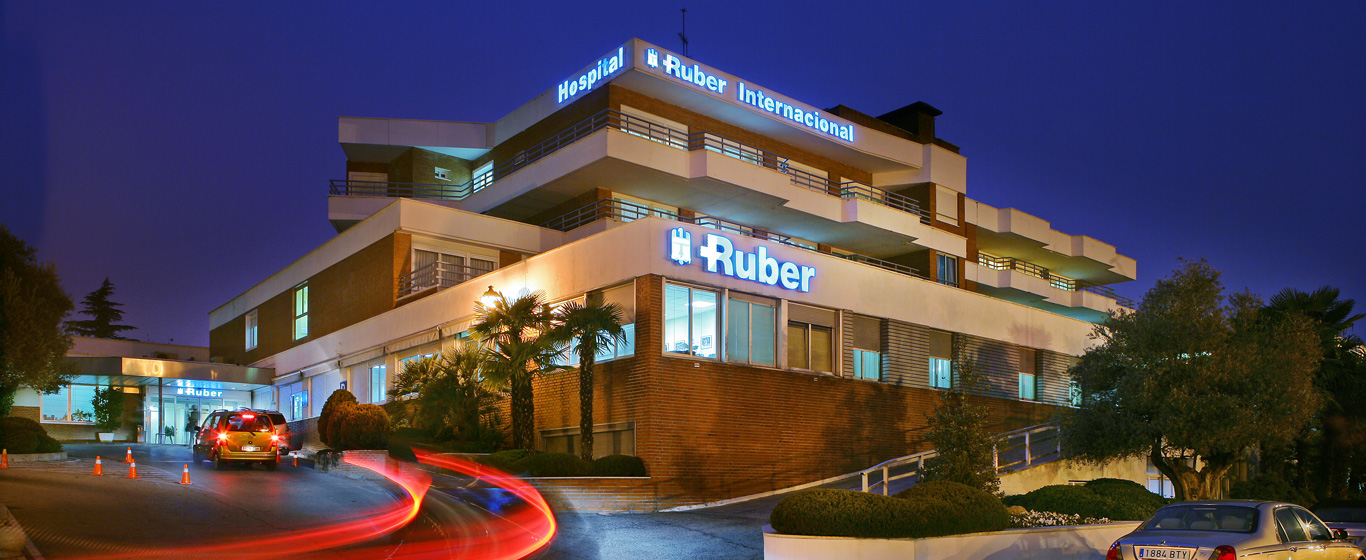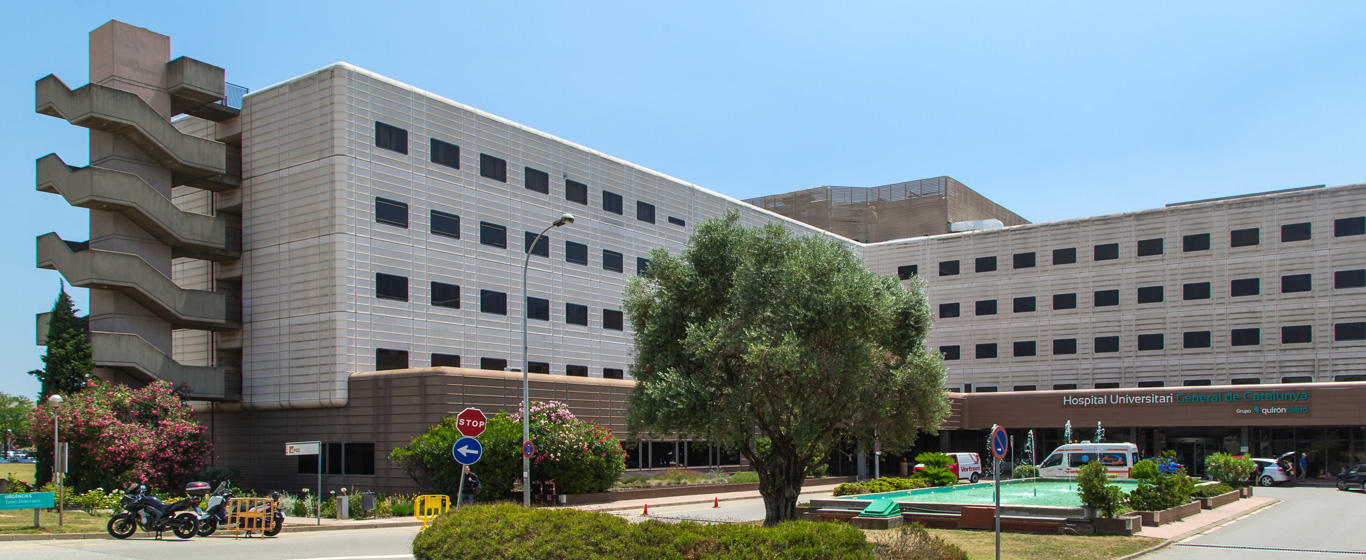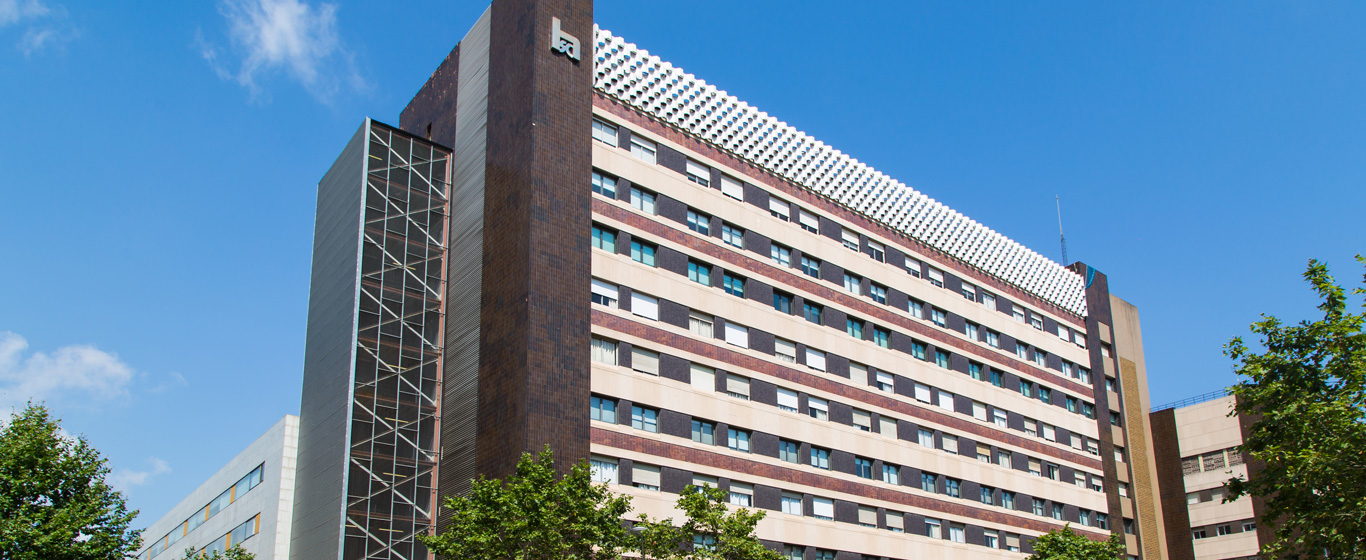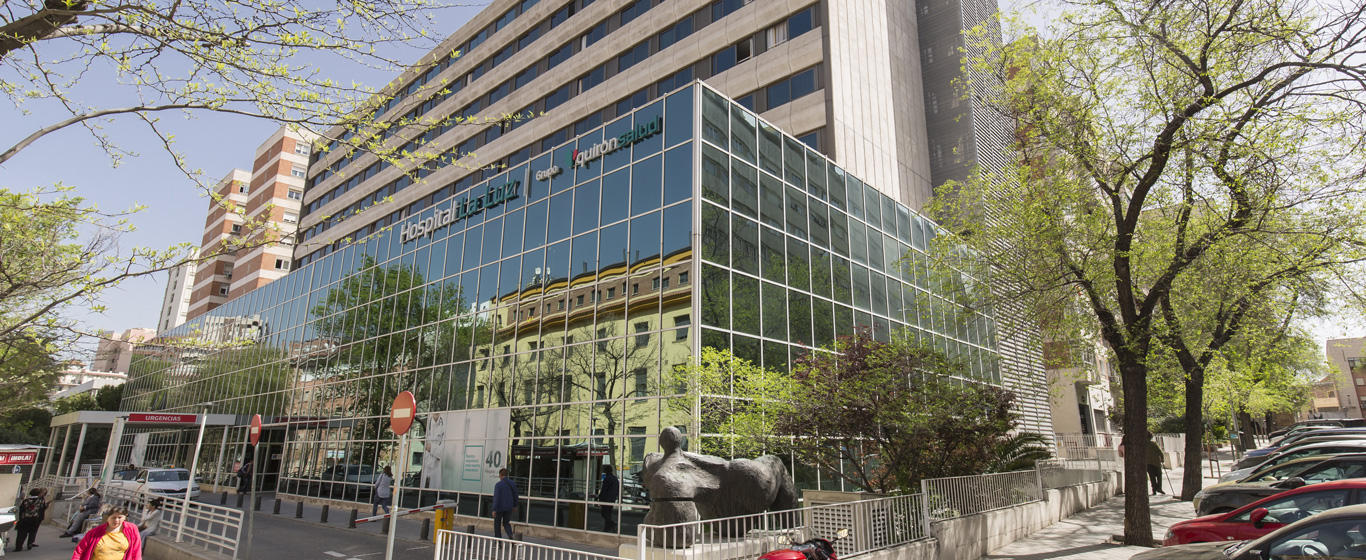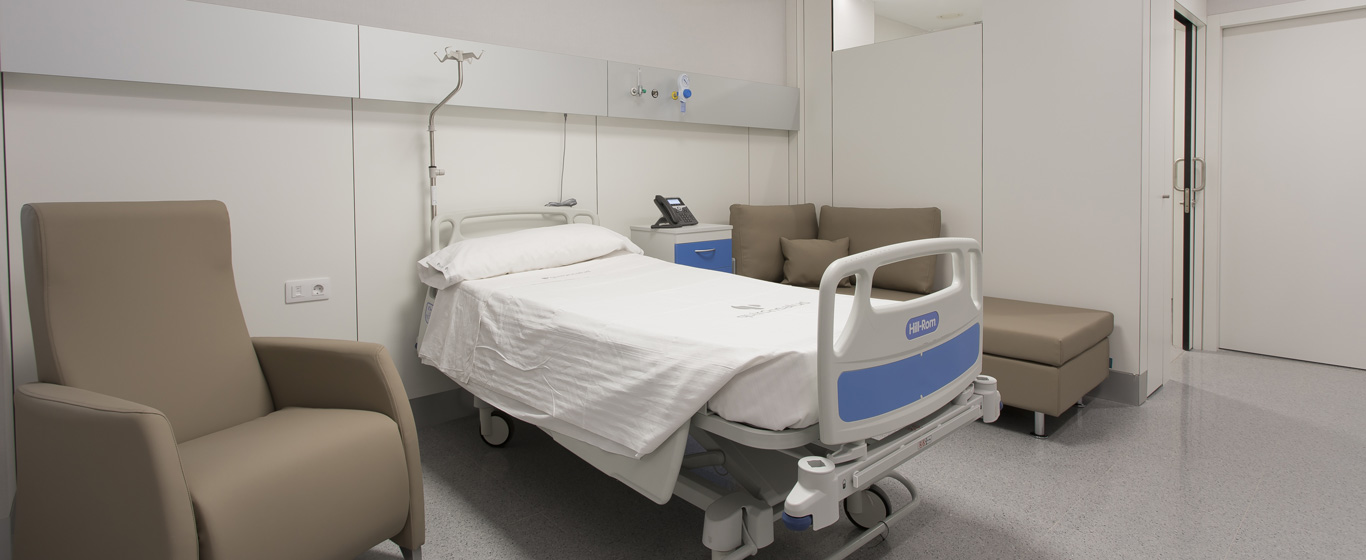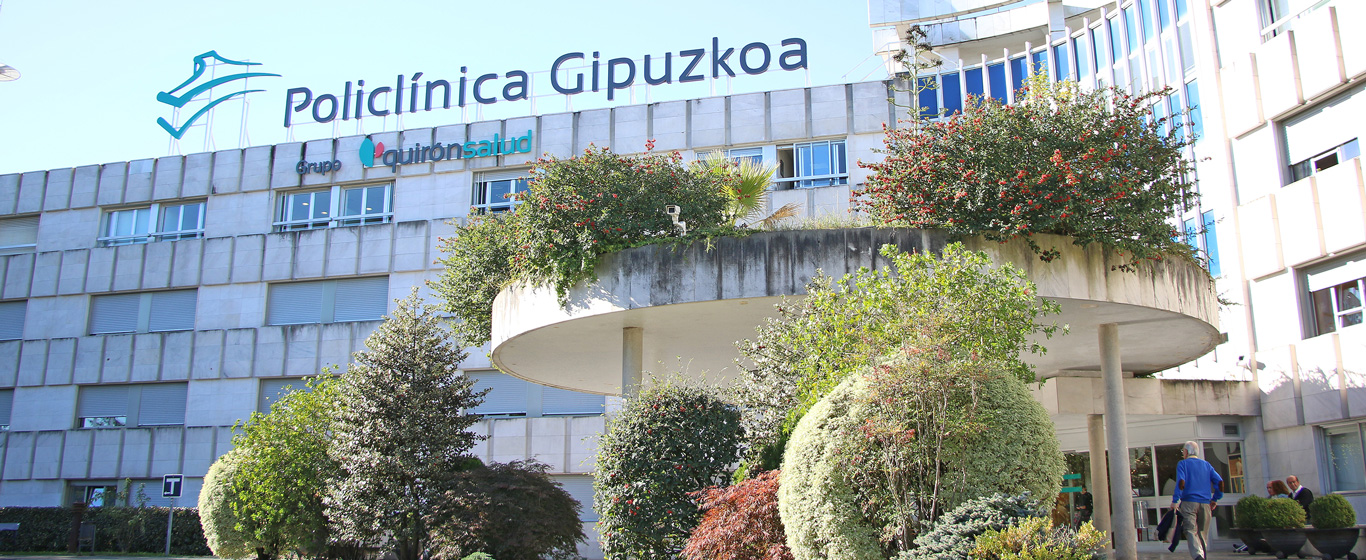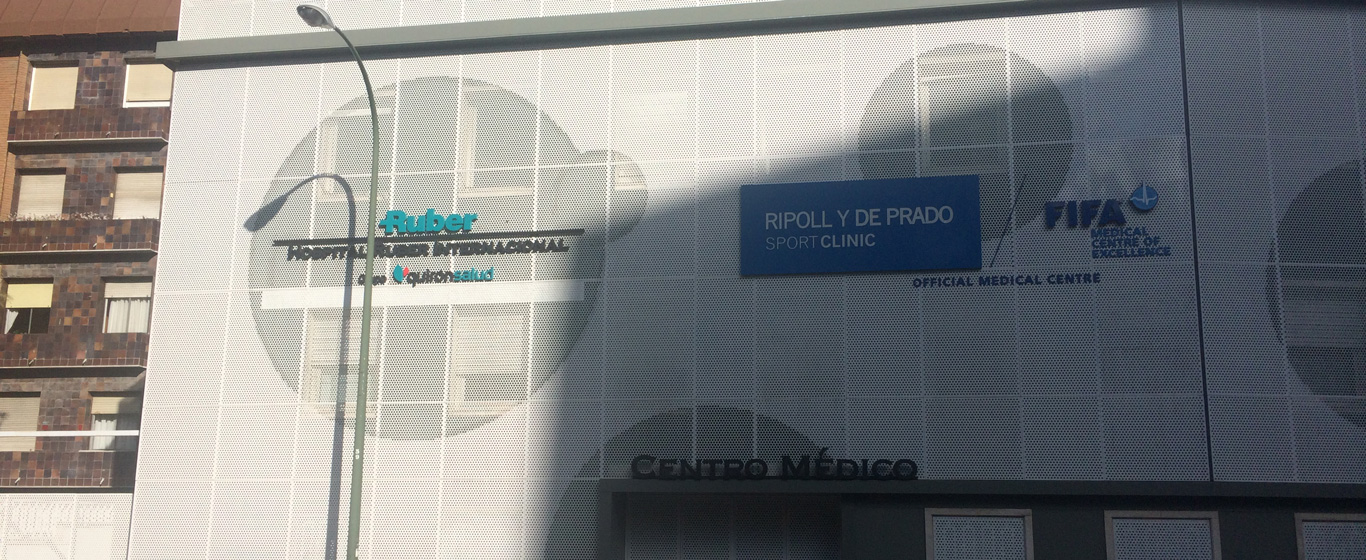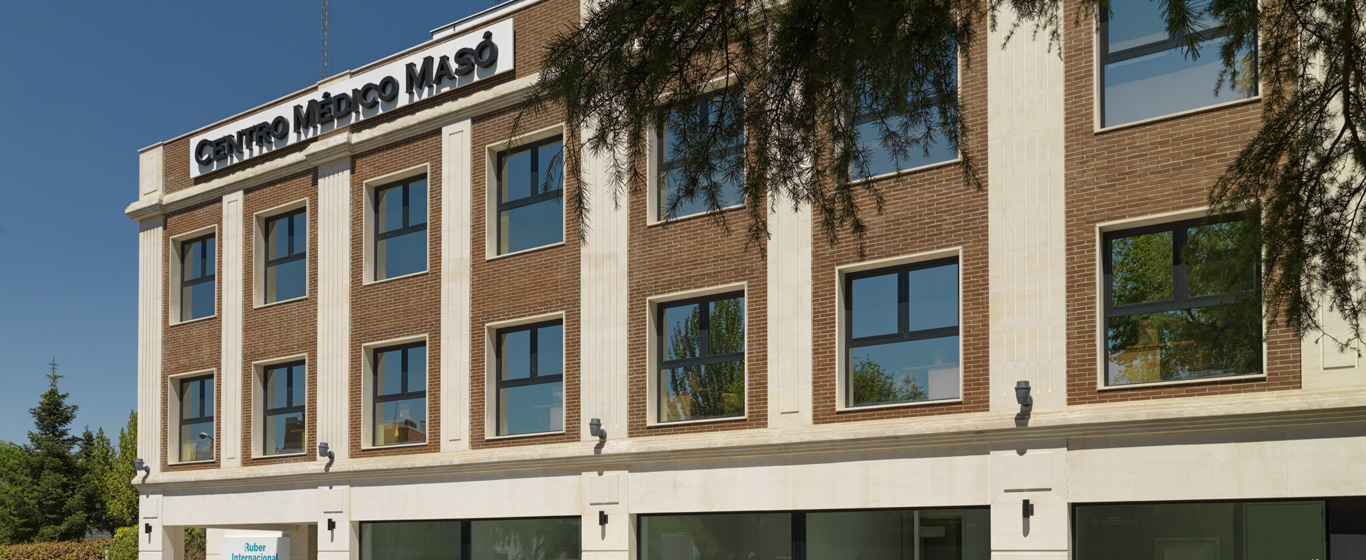Exfoliative Cytology
Exfoliative cytology involves collecting tissue samples through a light scraping to be analyzed in the laboratory. This study provides information on the shape, quantity, and structure of cells, making it possible to diagnose various pathologies.

General Description
Exfoliative cytology is a technique used to diagnose or rule out diseases by studying the morphology and behavior of cells in tissue, though it is also applied to cell counting in various bodily fluids or to analyze the effect of hormones on the female reproductive system. It is characterized by collecting the tissue sample through a light scraping that causes the tissue surface to shed.
The most commonly used types of exfoliative cytology are:
- Gynecological or Cervicovaginal Cytology: Mainly used as a screening method for the early detection of cervical cancer. It is also useful in diagnosing various vaginal infections.
- Respiratory Cytology: Analyzes sputum or material obtained through bronchial aspirations to detect signs of lung cancer, pneumonia, or tuberculosis.
- Urine Cytology: Detects cancerous cells in the urinary tract.
- Cerebrospinal Fluid Cytology: Used to diagnose inflammatory processes or cancerous tumors.
- Dermatological Cytology: Analyzes layers of skin for signs of skin cancer.
- Cytology of Effusions in Body Cavities (such as pleura, abdomen, or pericardium): Conducted as a method to detect malignant tumors.
When is it indicated?
Exfoliative cytology is indicated when there are signs of oncological diseases in organs, tissues, or body fluids that can be easily accessed to collect a sample with a spatula through scraping.
Gynecological exfoliative cytology is a screening method performed in healthy women to detect cervical cancer early.
How is it performed?
The first step is to collect a sample of cells to be analyzed in the laboratory. A spatula or brush is used to collect tissue that sheds naturally or after a light scraping.
Once in the laboratory, the sample is placed in a preservative liquid and prepared with a stain that helps differentiate the parts of the cells and identify any abnormal behavior. To proceed with microscopic analysis, a very thin layer is spread on a microscope slide.
Before the technique known as liquid cytology was developed, a spray was used to fix the sample and the stain was applied after the sample was placed on the slide. In these cases, the cell layer was thicker, and the diagnosis less accurate, as it was harder to observe structures and changes.
Risks
Exfoliative cytology does not pose any health risks.
What to expect from exfoliative cytology
The patient is only present on the day of sample collection, which takes place at home, in the office, or in an outpatient clinic.
- Cervicovaginal Cytology: The patient lies on a gynecological examination table with legs supported by stirrups. The specialist uses a speculum to open the vagina and introduces the spatula for a light scraping, which may cause mild discomfort in some cases. The procedure takes a few minutes. Afterward, slight spotting may occur but will usually resolve on its own within hours.
- Respiratory Cytology: The sputum sample is collected at home and brought to the medical center for analysis.
For bronchial aspiration, the patient lies on a table. The specialist introduces a long, flexible tube through the nose, connected to an aspirator. Once at the desired location, aspiration is performed intermittently while gently rotating the tube. Each aspiration lasts between five and ten seconds. Although the procedure can be uncomfortable, it is not painful.
- Urine Cytology: The sample is delivered to the laboratory in a sealed jar.
- Cerebrospinal Fluid Cytology: The patient lies on their side in a fetal position, with knees drawn up to the chest. After sterilizing the lower back area, a needle is inserted between the vertebrae to collect the sample. Once the sample is taken and the insertion site cleaned and covered with a dressing, the patient should lie down for a few minutes. Mild discomfort may occur afterward, and analgesics can be used for relief. It is recommended not to engage in strenuous activity in the following days to avoid dizziness or vomiting. If fever, worsening pain, or increased vomiting occur, it is necessary to seek emergency care.
- Dermatological Cytology: Depending on the location, a small brush or adhesive material may be used to remove some skin layers. Both methods are quick and painless.
- Effusion Cytology from Body Cavities: The patient remains seated or lies on a table. The skin is cleaned, and local anesthesia is applied, which may cause a slight burning sensation. A needle is then introduced to collect the sample.
Once the samples are received in the laboratory, results are typically available within 10 to 15 days at the specialist's consultation.
Specialties requesting exfoliative cytology
Pathologists perform this test upon request from gynecologists, urologists, oncologists, pulmonologists, neurologists, dermatologists, internists, specialists in digestive systems, cardiologists, or general practitioners.
How to prepare
No special preparation is required for exfoliative cytology. However, there are some recommendations for specific cases:
- Urine Cytology: A sample is collected from the first urine in the morning, while fasting. It is preferable to discard the first few drops.
- Sputum Cytology: The phlegm obtained after a deep cough is collected in a sterile jar, as saliva is unsuitable for analysis.
- Cervicovaginal Cytology: It is advised to avoid topical medication and sexual intercourse for at least 48 hours prior to the test. Additionally, the vagina must be clean, so the test should not be done during menstruation or the three or four days afterward. Avoid soaps and vaginal douches.
- Cerebrospinal Fluid Cytology: The patient must fast for at least eight hours before the sample is taken.






